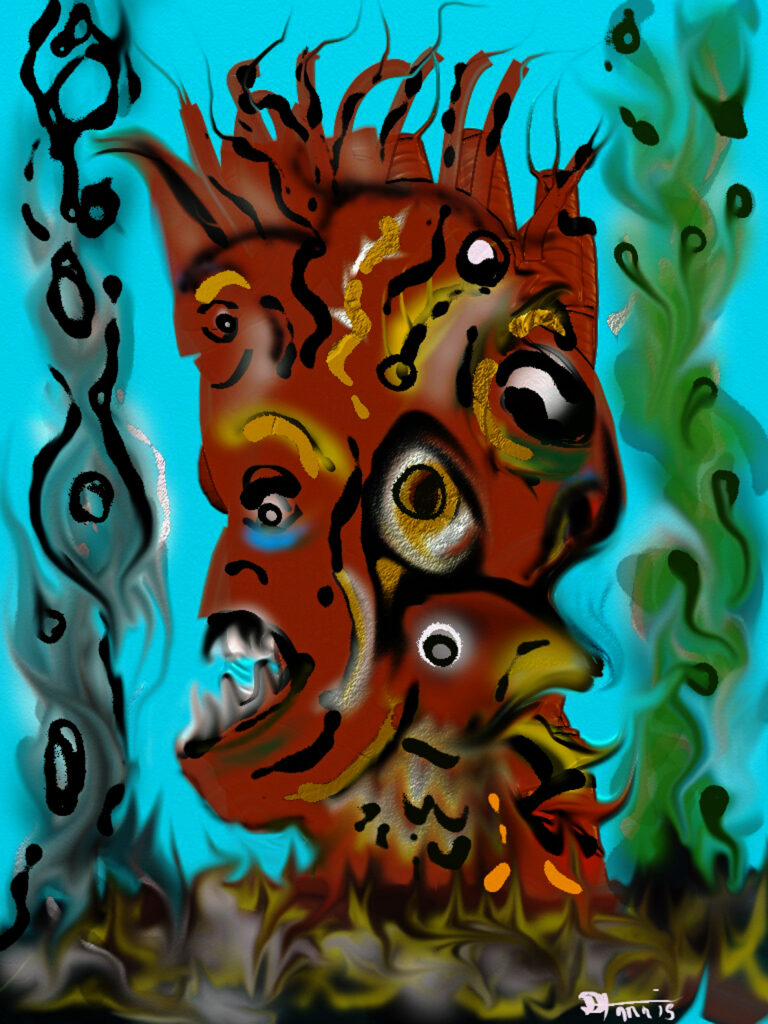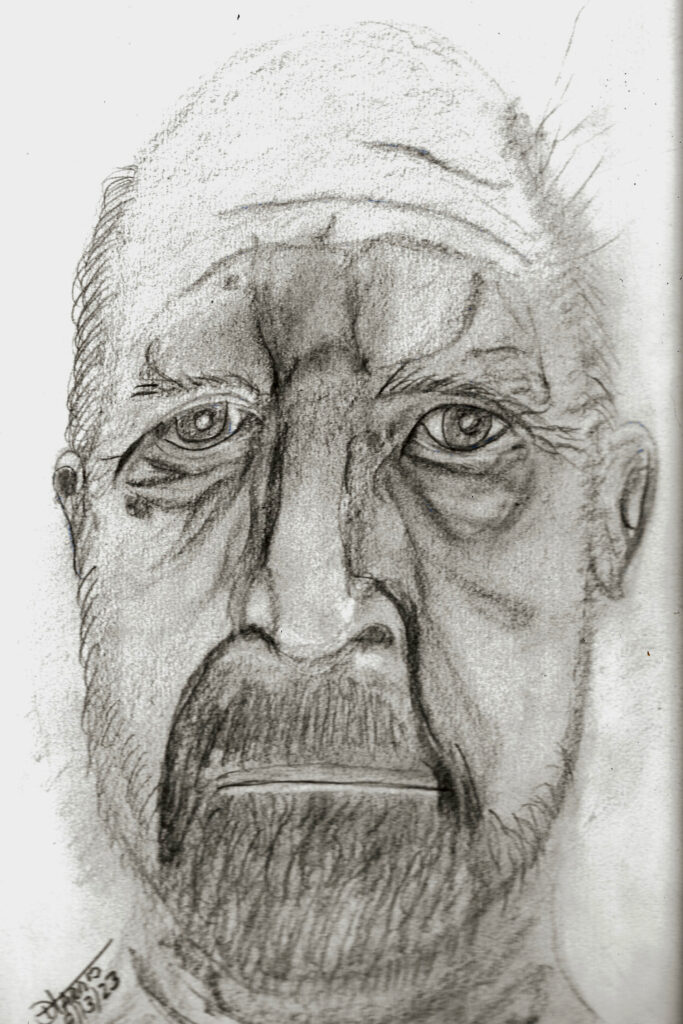
Self Portrait 20230813


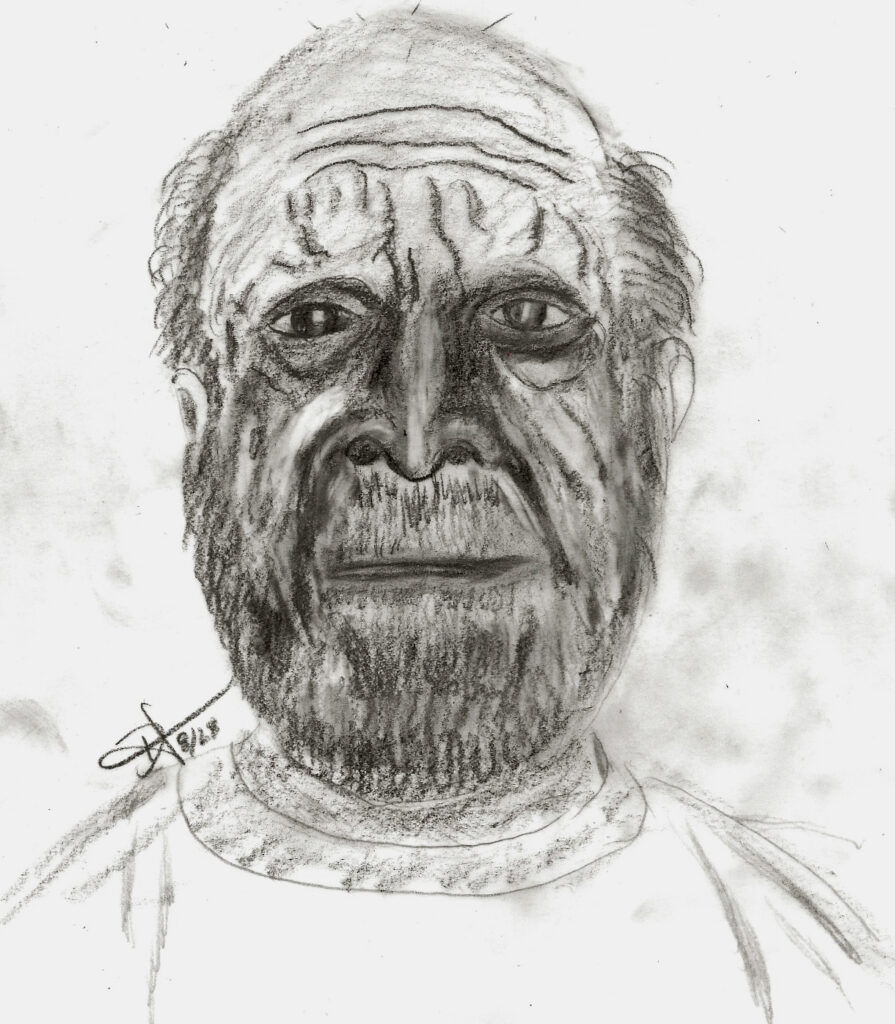
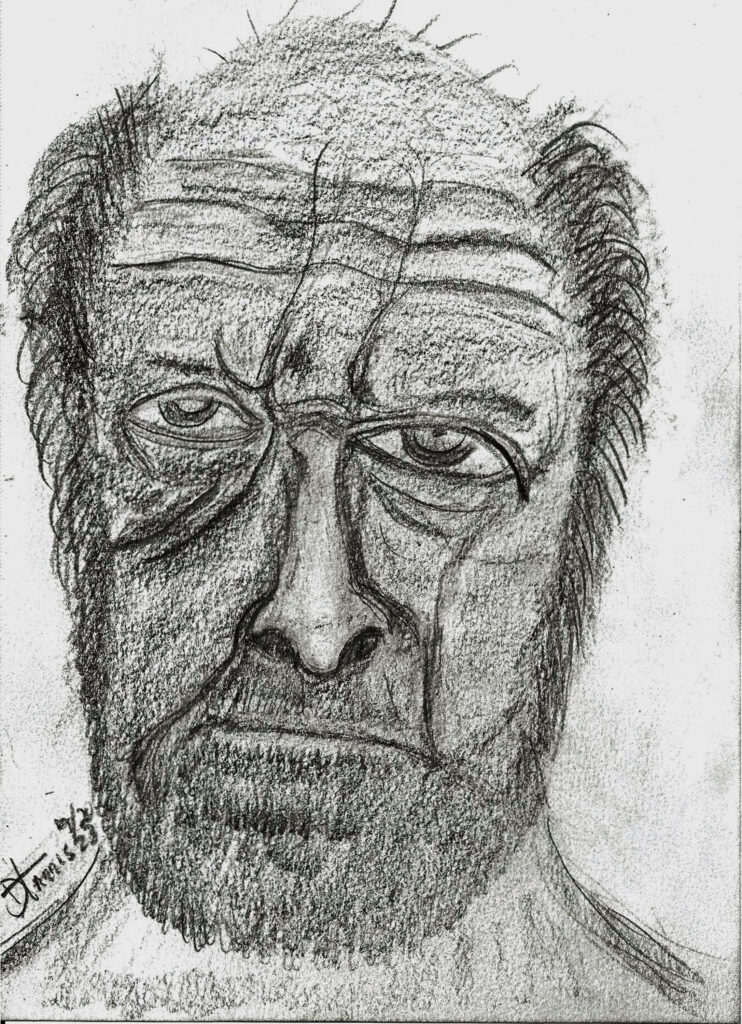
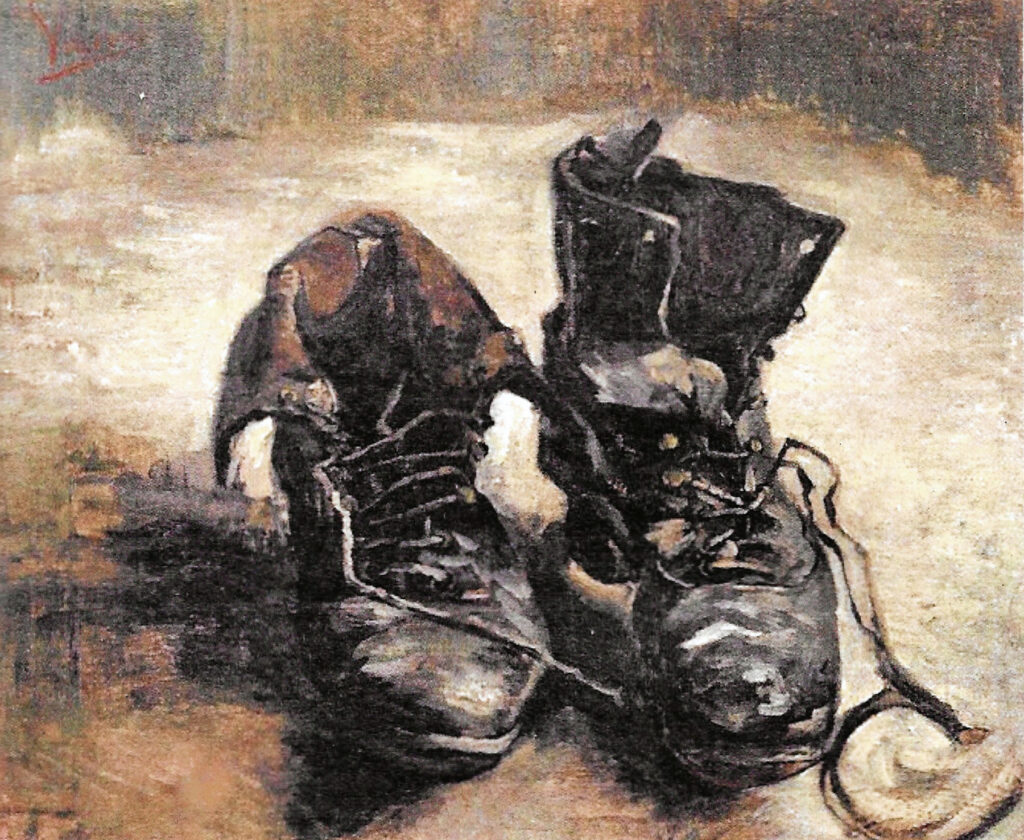
One of my favorite Van Gogh paintings.
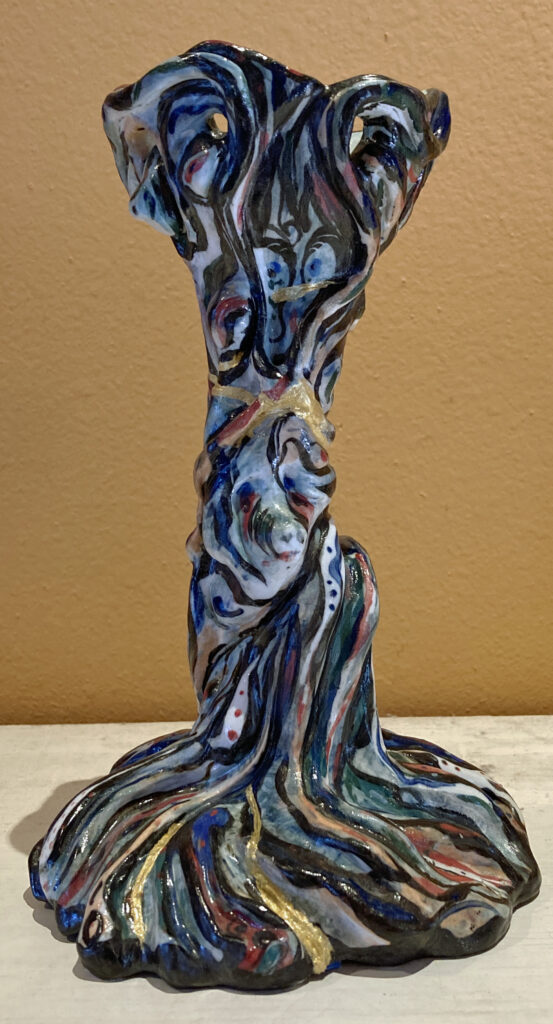
My porcelain maquette for a 25-foot sculpture, Heart of Thorns, was damaged while in transit to my January solo gallery exhibit. The base was damaged in many places when it fell on a concrete driveway. I repaired it using the Japanese Kintsugi method, which does not hide the cracks but accentuates them with gold bands. The top now sits amongst the monoliths in my zen garden.
Here is a link to the original unbroken “Heart of Thorns.”
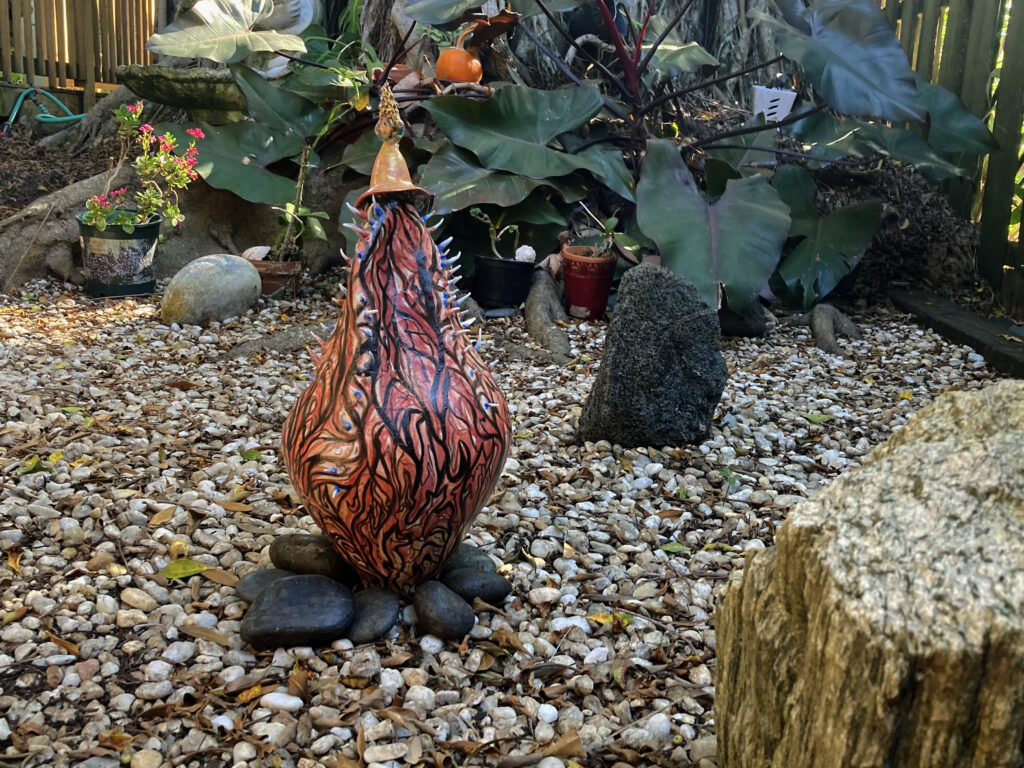
My porcelain maquette for a 25-foot sculpture, Heart of Thorns, was damaged while in transit to my January solo gallery exhibit. It stands alone without its base. I could not repair the lost and damaged thorns, but I added a new jeweled top from my wife’s discarded costume earrings. I put it among the “monoliths” in my zen garden. I hope the local wildlife will not destroy it. Raccoons, opossums, squirrels, and the many birds that bathe and drink in my fountain may find it irresistible to use as a scratching post or playtoy.
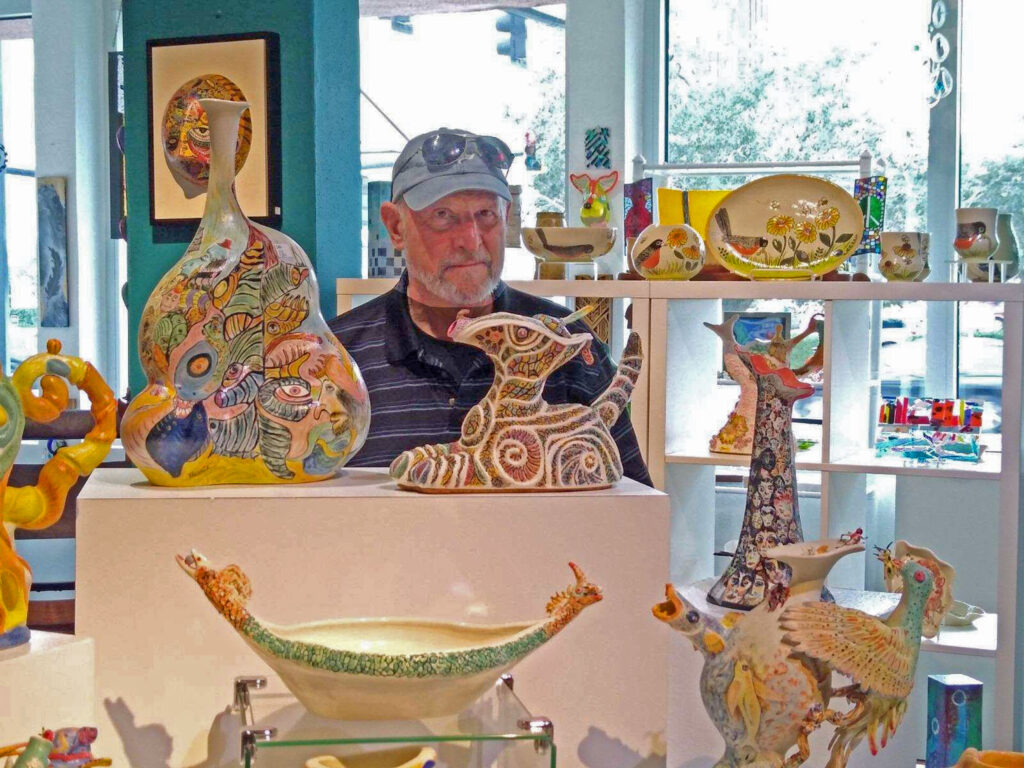
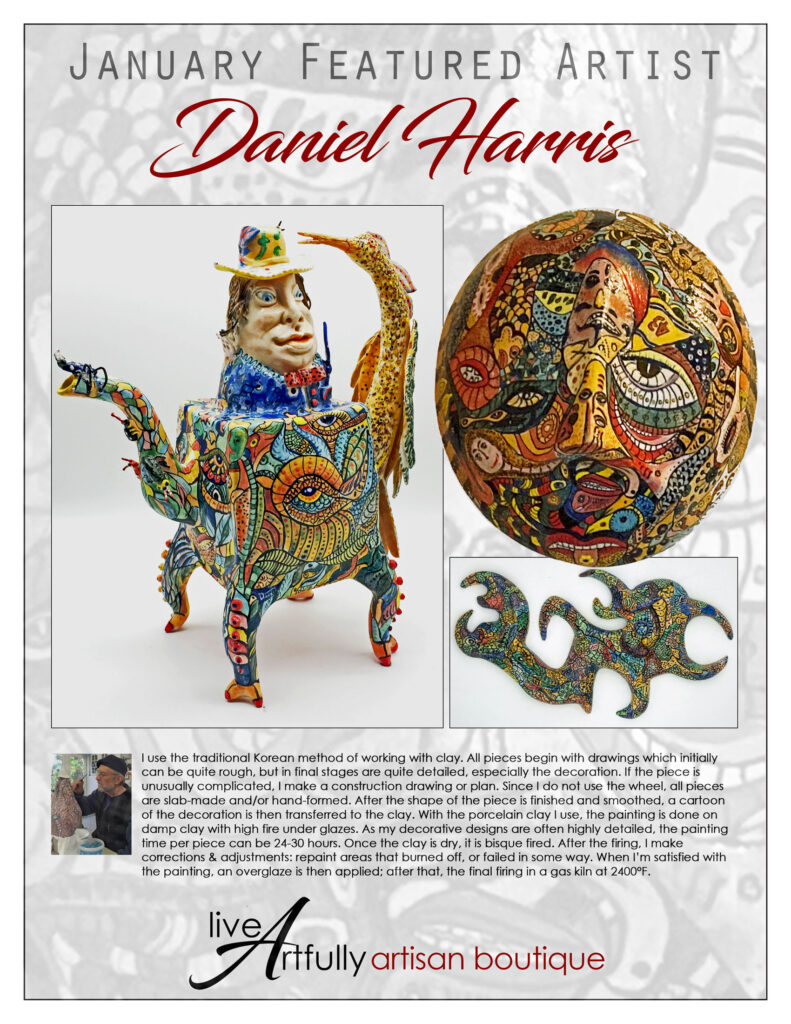
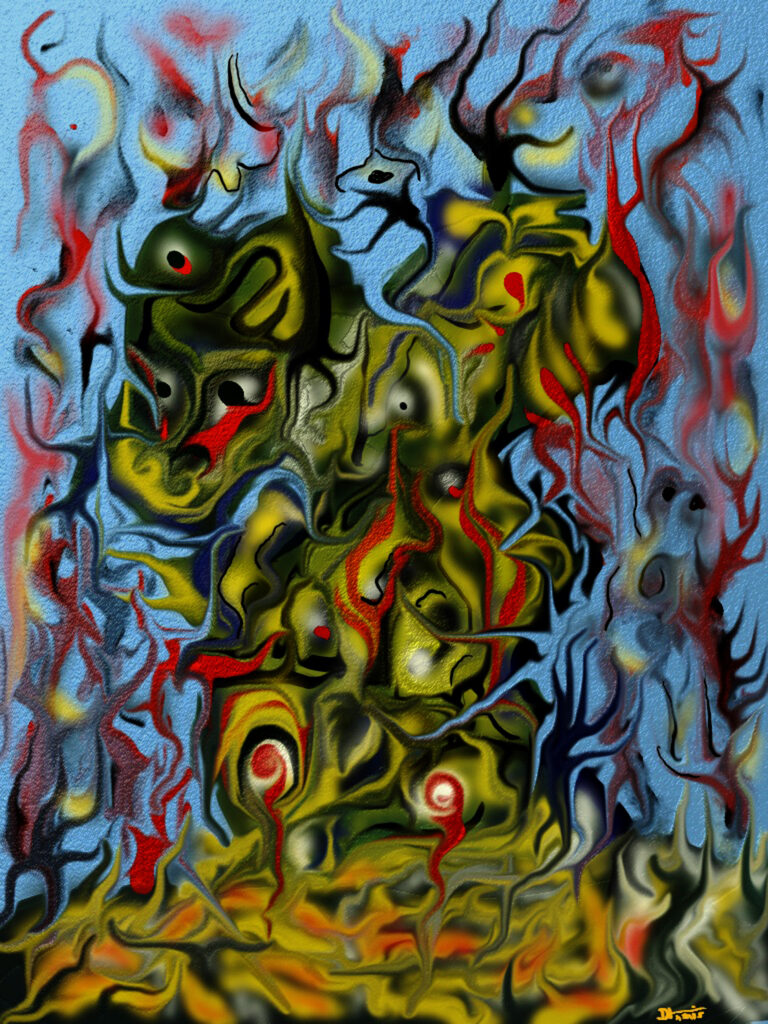
This is the second movement of my Symphony of Extensions 1998 for bass clarinet controlling a MAX program driving a Kurtzweil 2500 synthesizer and a Prophet 2002. All sounds are initiated by my bass clarinet.
This is the third movement of my Symphony of Extensions 1998 for bass clarinet controlling a MAX program driving a Kurtzweil 2500 synthesizer. All sounds are initiated by the bass clarinet. Dust Devils are those swirling small cyclones one encounters on New York City streets that can loosen a hat or lift a skirt.
The Symphonies of Extension series is a group of symphonic-length music compositions, often with interactive video, images, and lighting, that were vehicles for my traveling solo performances in the 1990s and early 2000s. They were often composed to support environmental or political causes.
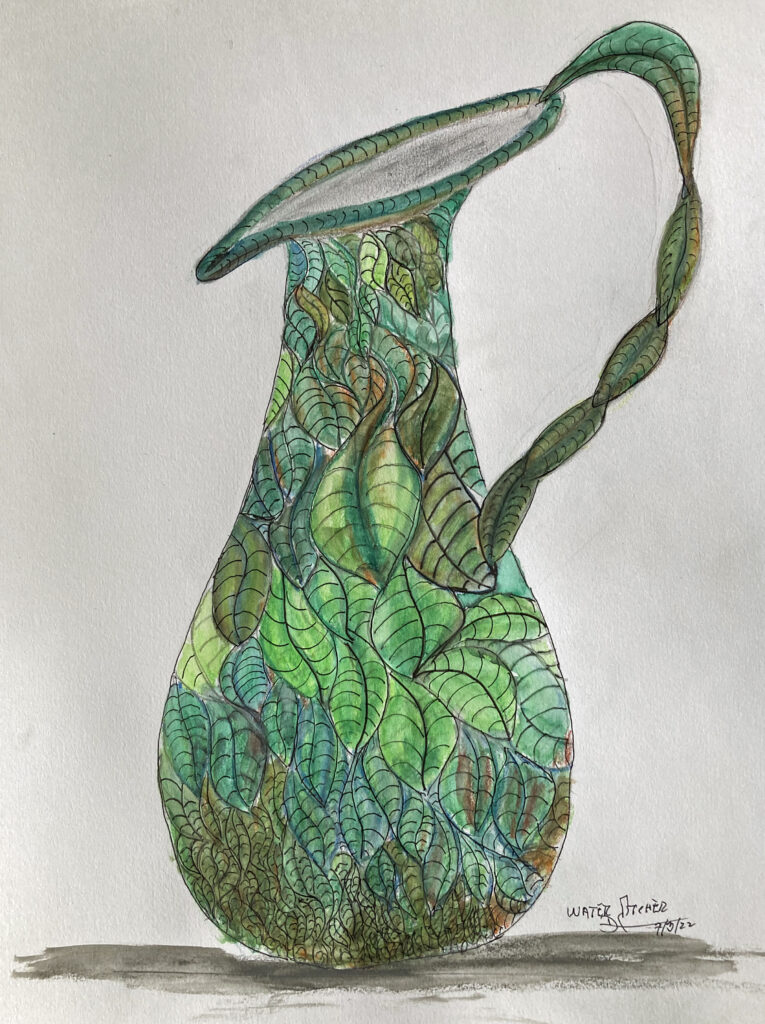

Sculptures, pottery, paintings, and drawings on my living room fireplace mantle.
Left to Right:
Sculptural Teapot Woman blog.danielharrismusic.com/recent-ceramic-piece/
Flagon blog.danielharrismusic.com/fully-fired-flagon/
Sculptural Teapot Sculptural Teapot blog.danielharrismusic.com/porcelain-teapot/
Three Masted Bark flic.kr/p/2ey7Xnq
Flight flic.kr/p/RTMzi2
The Cry flic.kr/p/2hRqBVb
Solitude flic.kr/p/2g9gyS4
Dragon flic.kr/p/2g9K89c
Last Man Standing flic.kr/p/2fFvbAJ
Achilles flic.kr/p/258pnxi
Gryphon Teapot flic.kr/p/2n6mbr4
The Cry Bronze blog.danielharrismusic.com/the-cry/
Against the Wall
Flagon Paint Schema (not posted)
Swimming Dragon Paint Schema flic.kr/p/2kAoqea
Swimming Dragon flic.kr/p/2nAzf6u
To quote the great Mexican poet, author, and Nobel Laureate Octavio Paz: “Every mark on a man’s face has a story.”
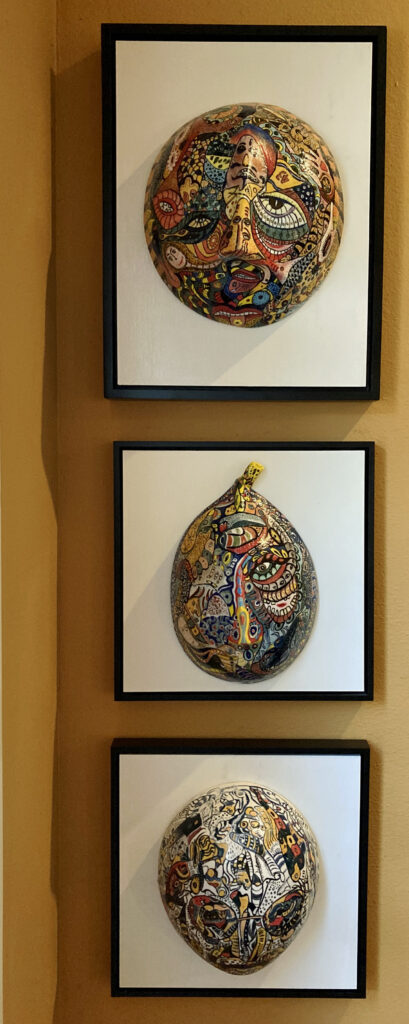
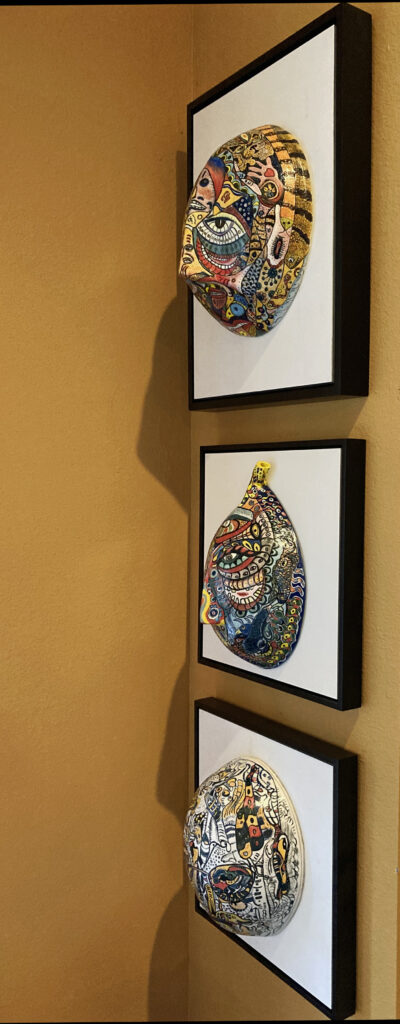
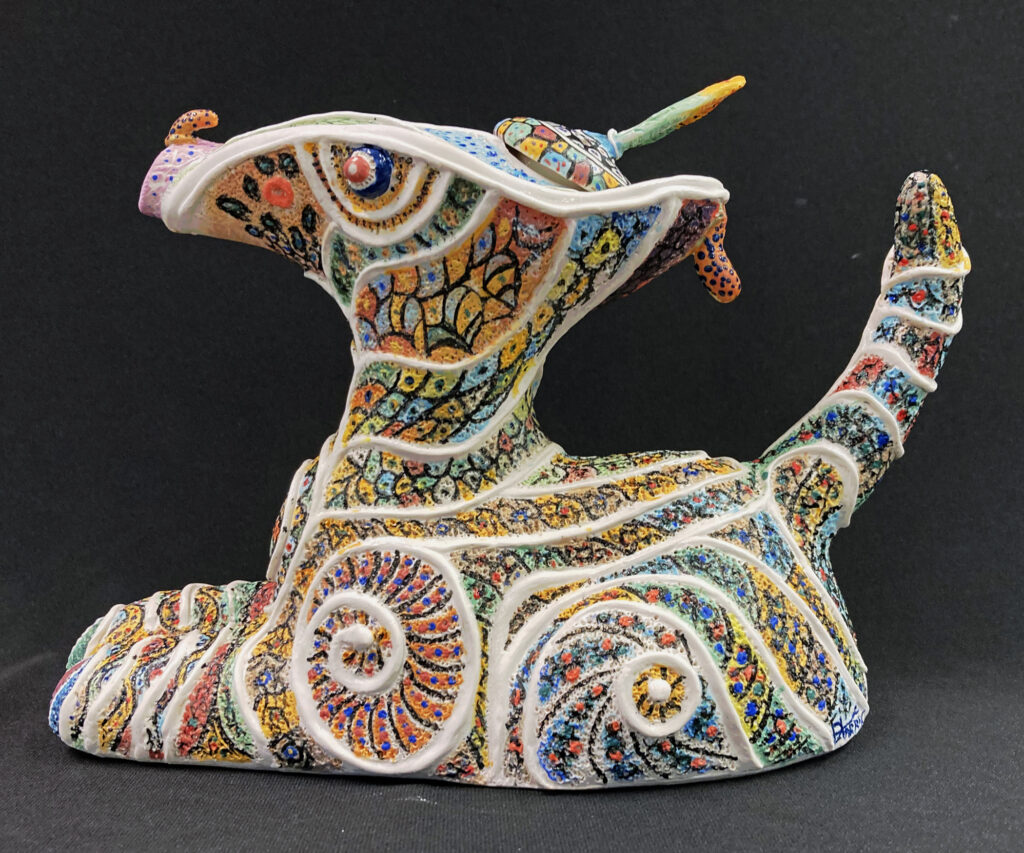
High-fire porcelain teapot. Original design, hand-built, and painted with a dimpled surface texture.
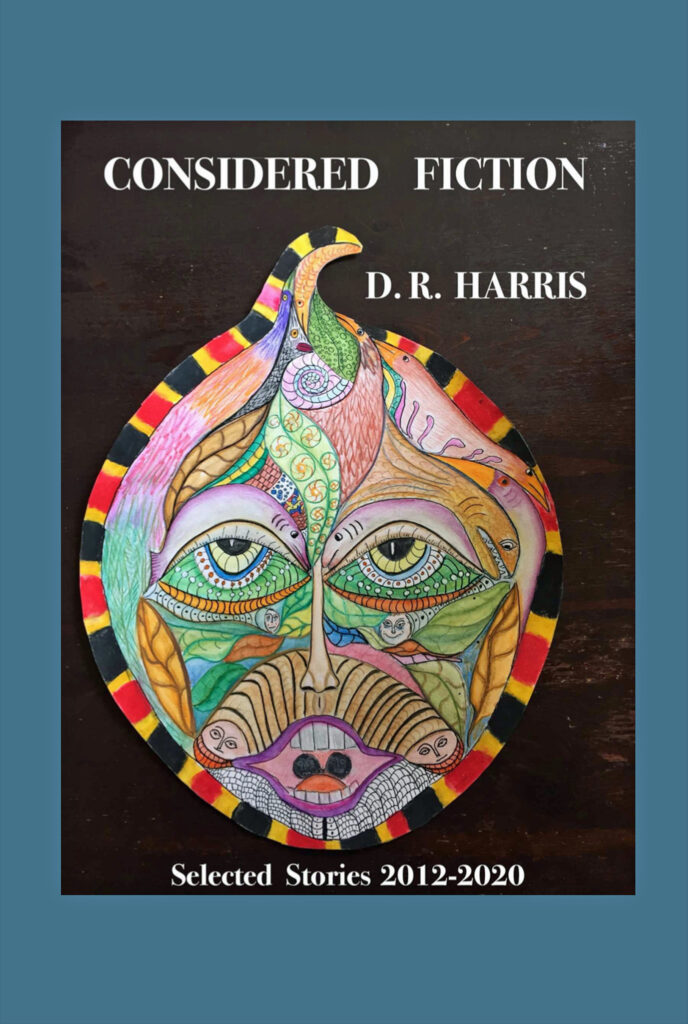
Considered Fiction is a selection of short stories, flash-fictions, micro-fictions & poetry written between 2012 and 2020. An ebook version can be downloaded from Blurb for $4.99 here:
https://www.blurb.com/b/10811403-considered-fiction?ebook=760739
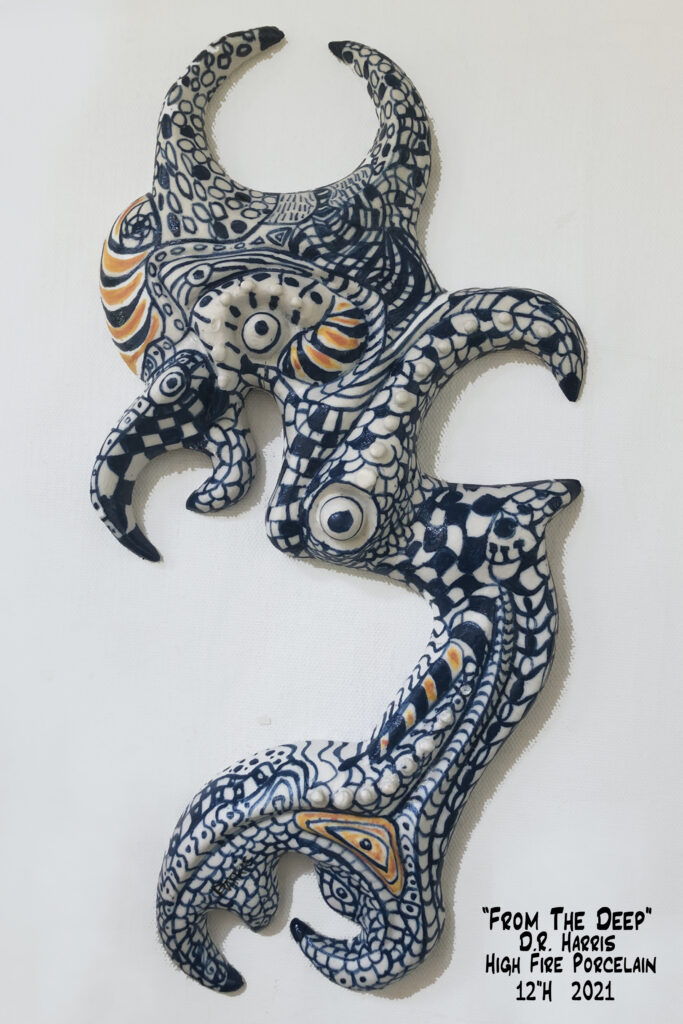
Hanging sculpture: Porcelain. Original design, Handmade and painted, high fired. 11.5″H x 5.5W x 1.5″D
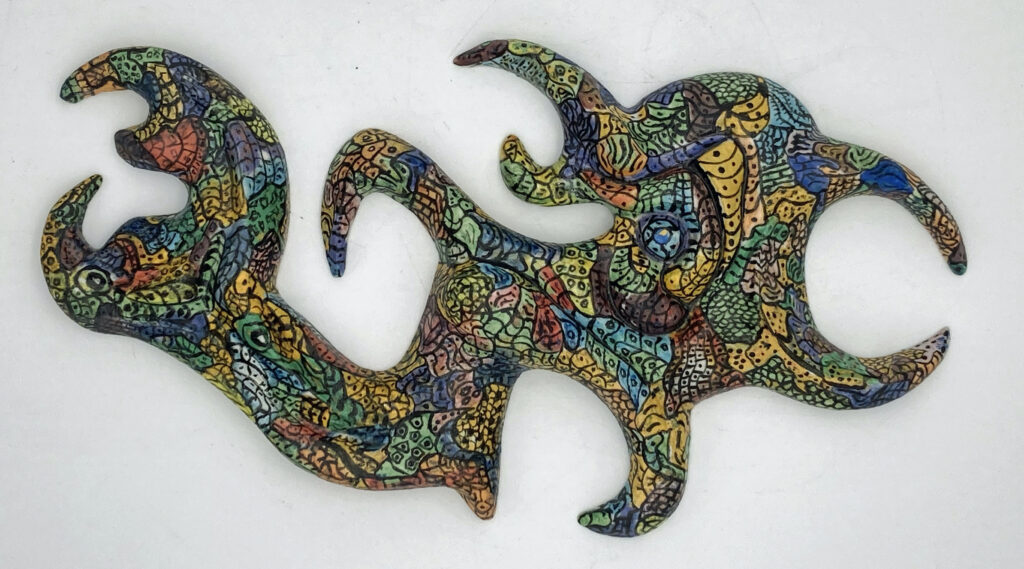
A painted porcelain hanging sculpture. Designed, handmade, and painted from drawings and color scheme sketches. 14Wx9Hx2″D
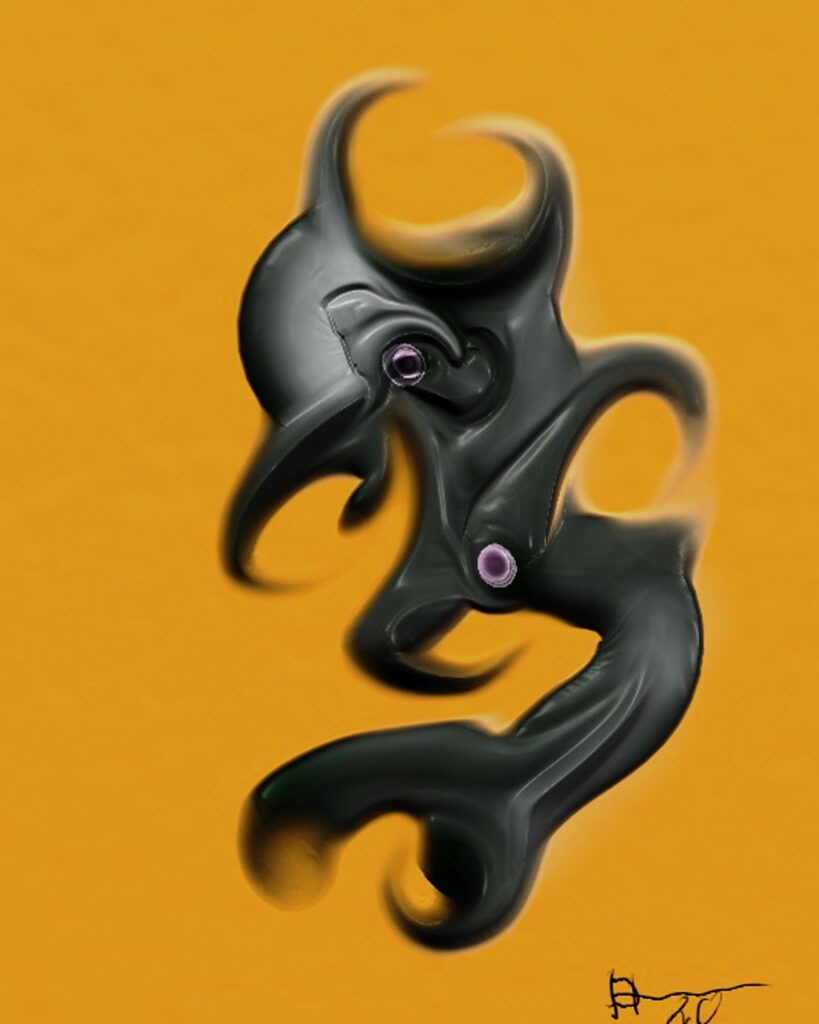
Source painting for Swimming Dragon and From the Deep
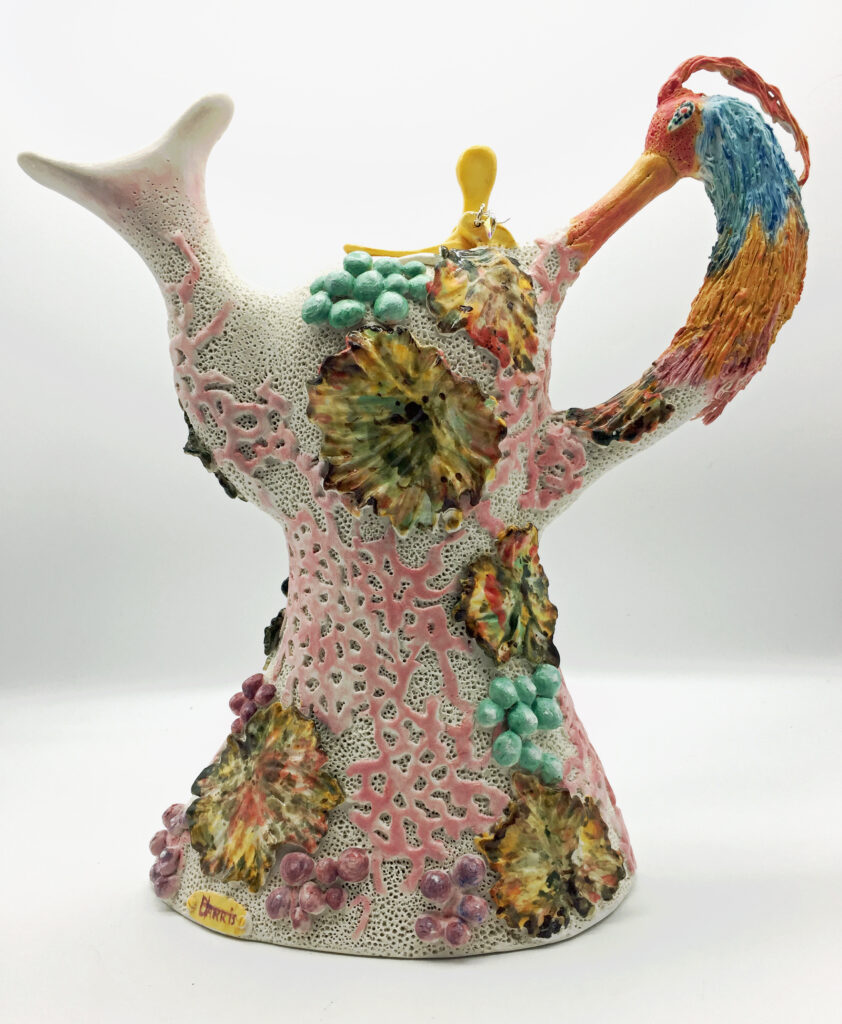
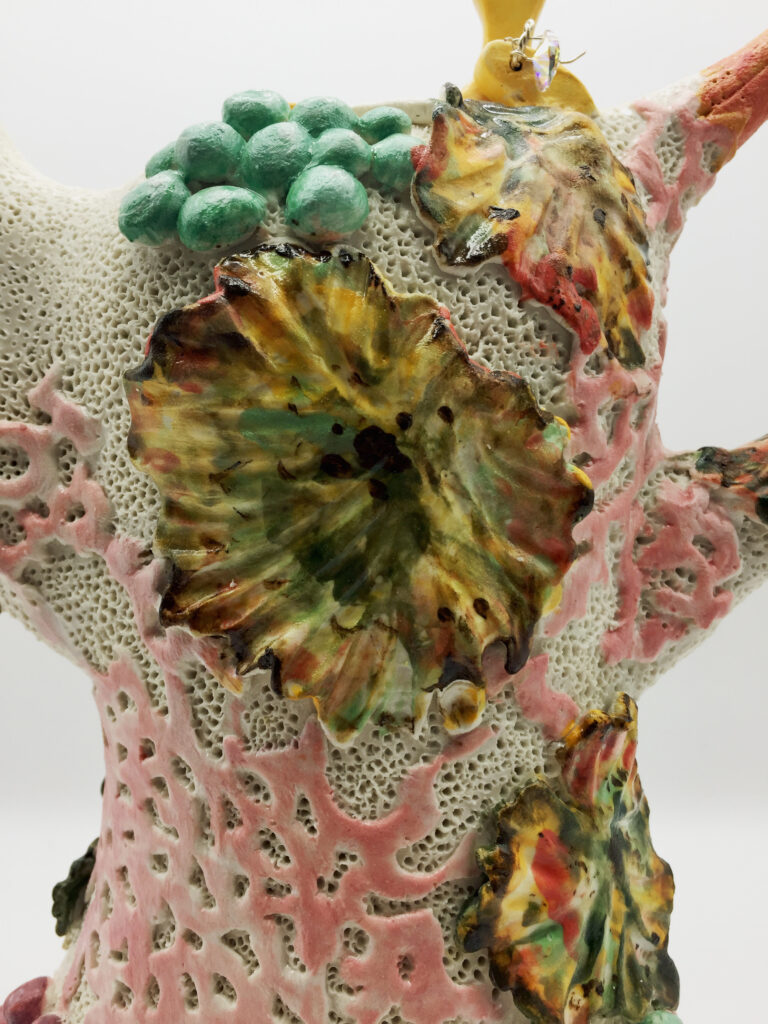
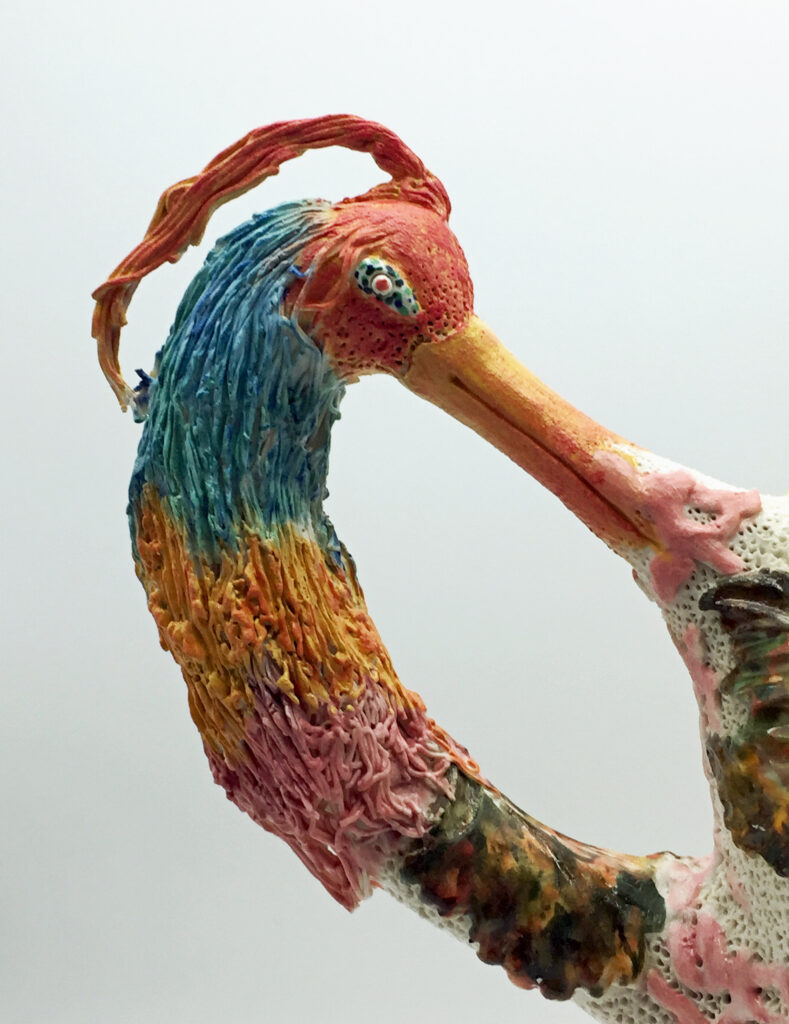
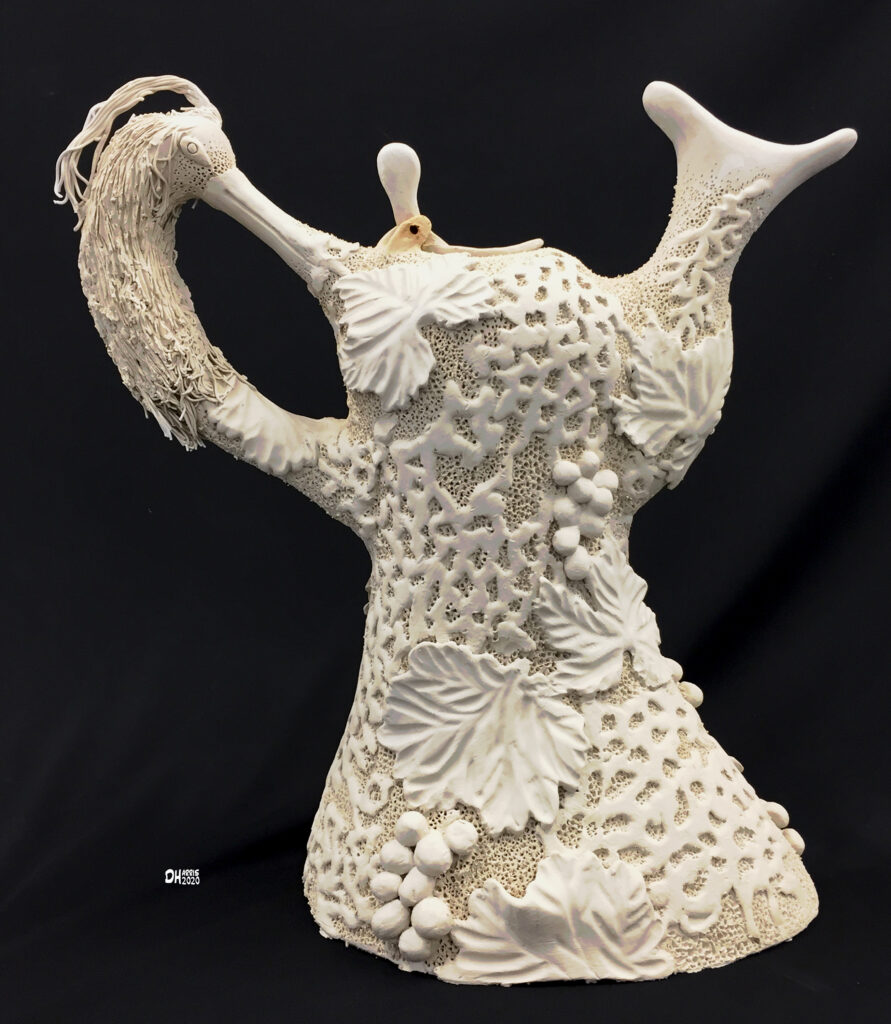
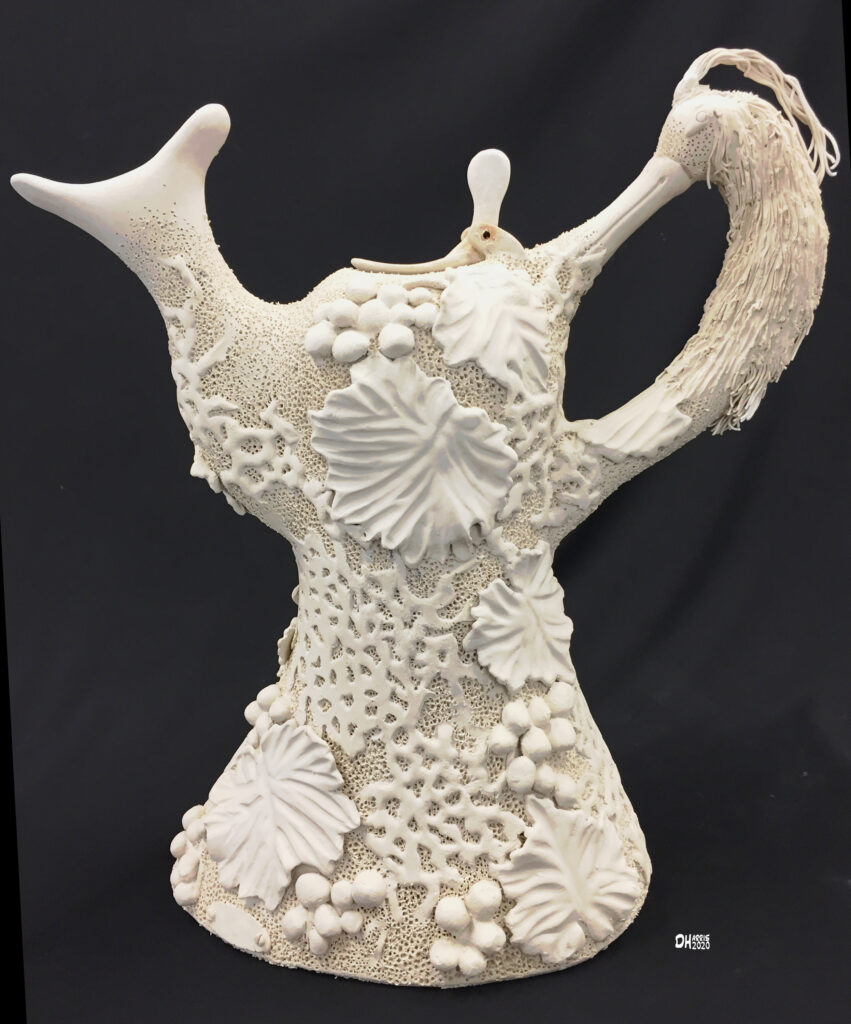
High fire porcelain flagon (wine pitcher). Slab-made, hand carved.
Another “conceptual” teapot which has no functionality.
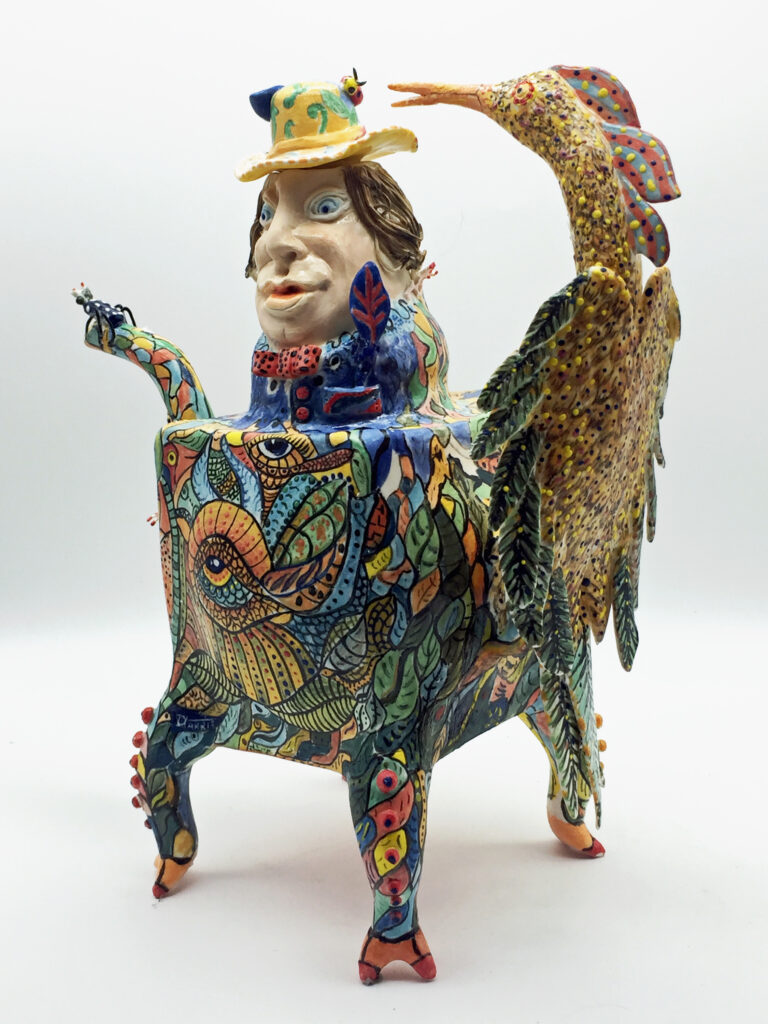
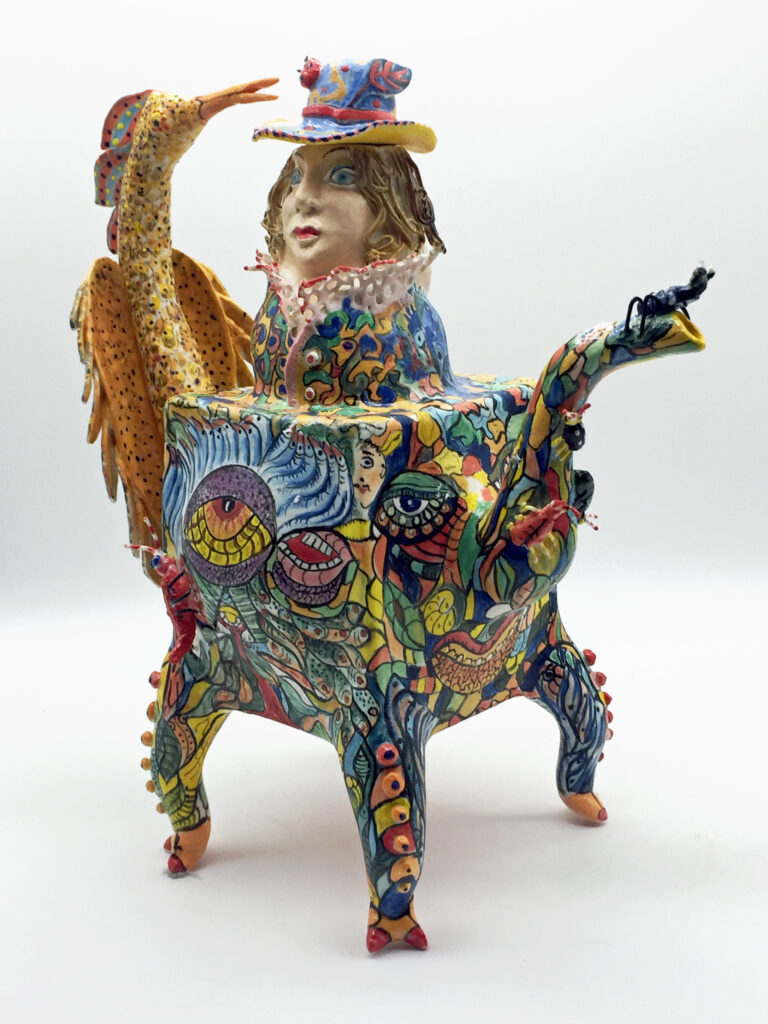
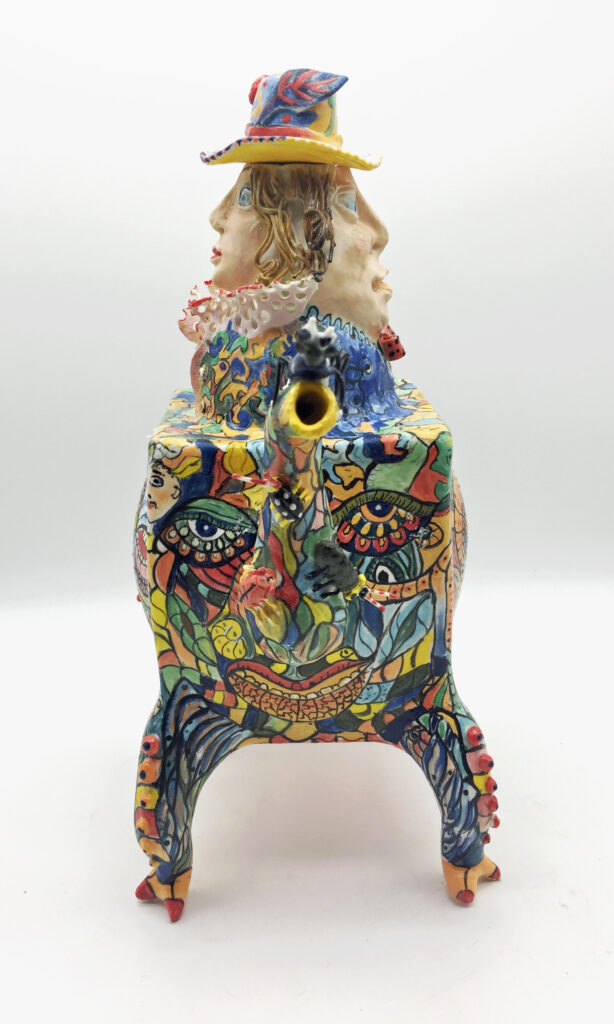
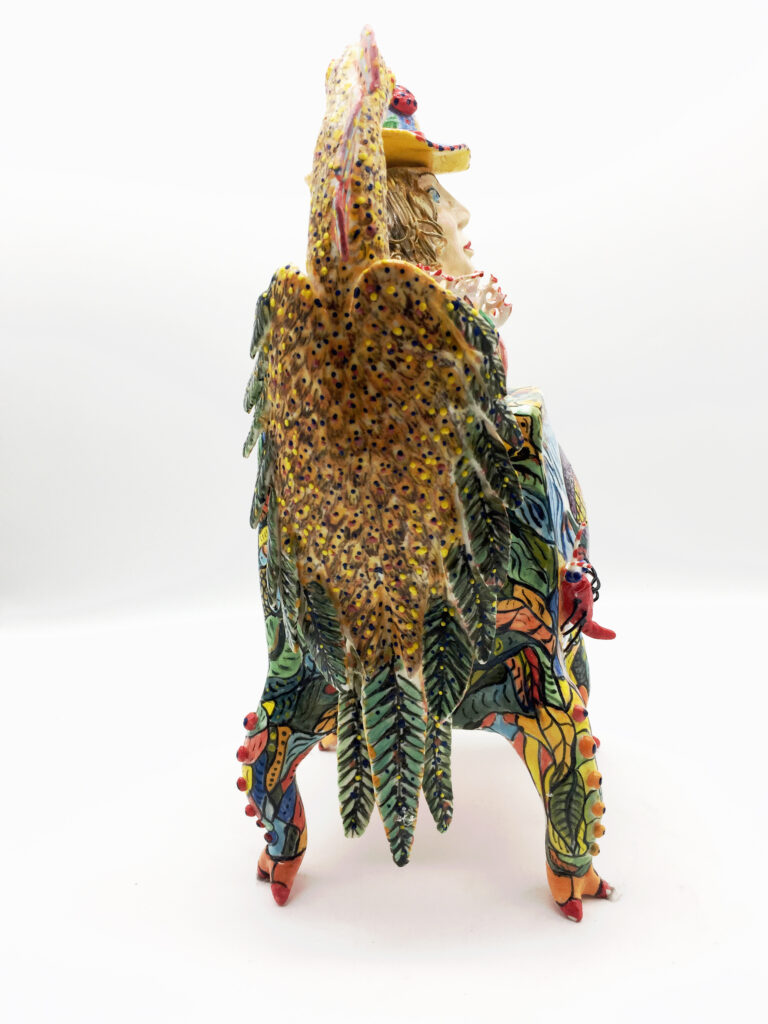
I submitted these three digital paintings made on my iPad Pro using the app Art Rage. This was a group I helped found in 2009 and we held two big international conventions in New York City in 2010 and 2011. A group in San Francisco assumed the group and changed the name. Except for local events, international confabs are on-line. They have an active local presence that includes art, music, film, graphics, and photography made on digital mobile devices.
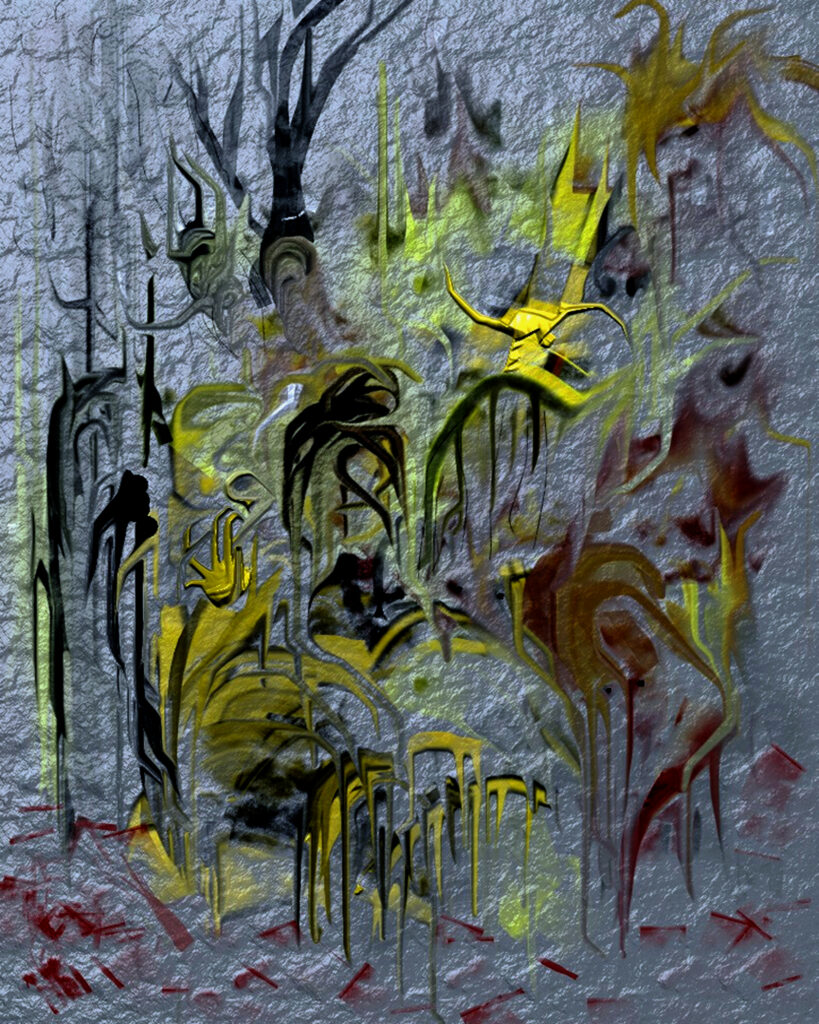
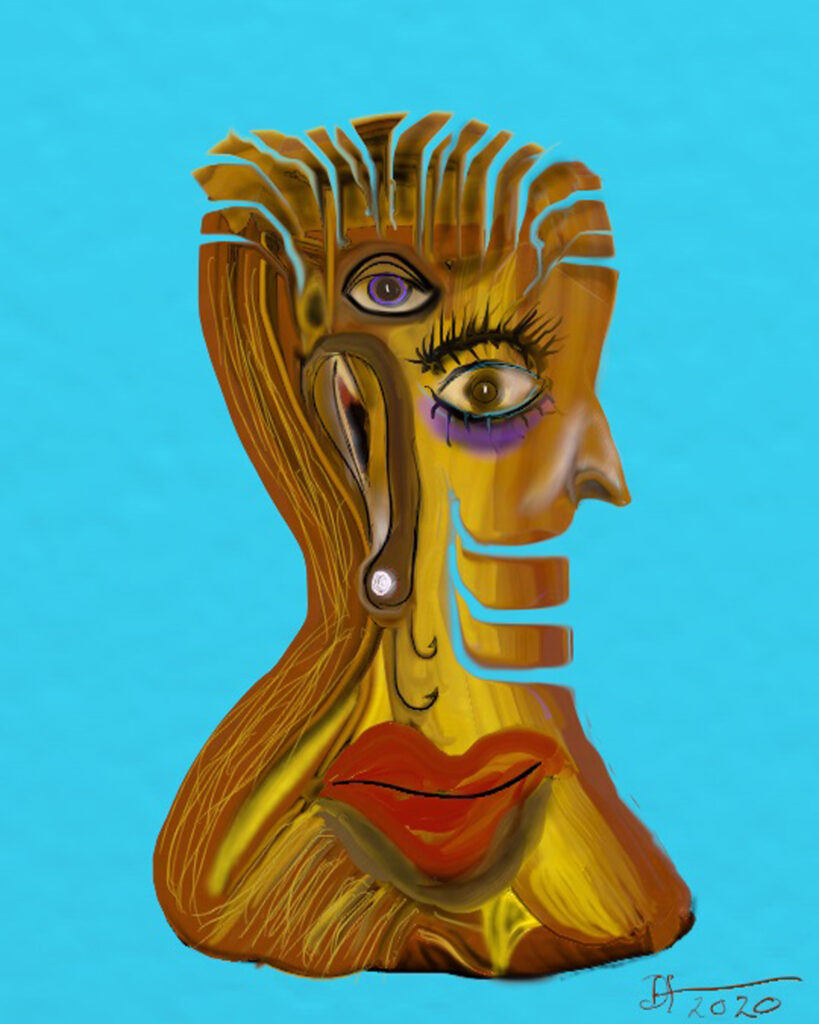

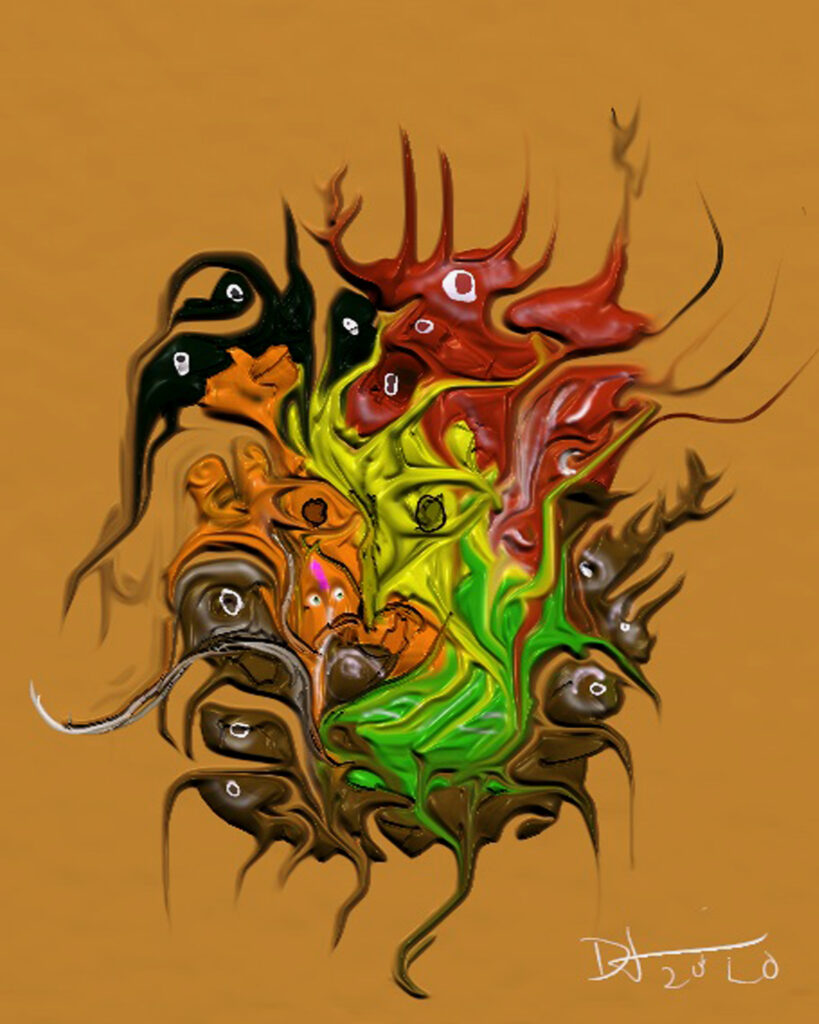
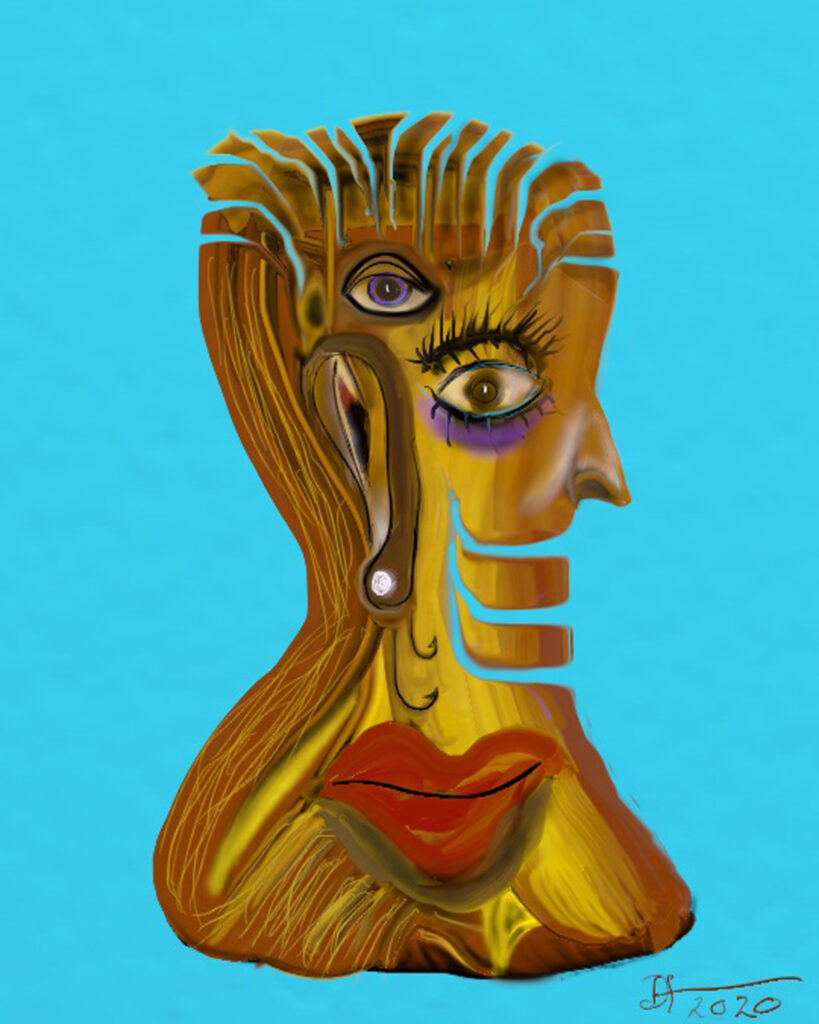

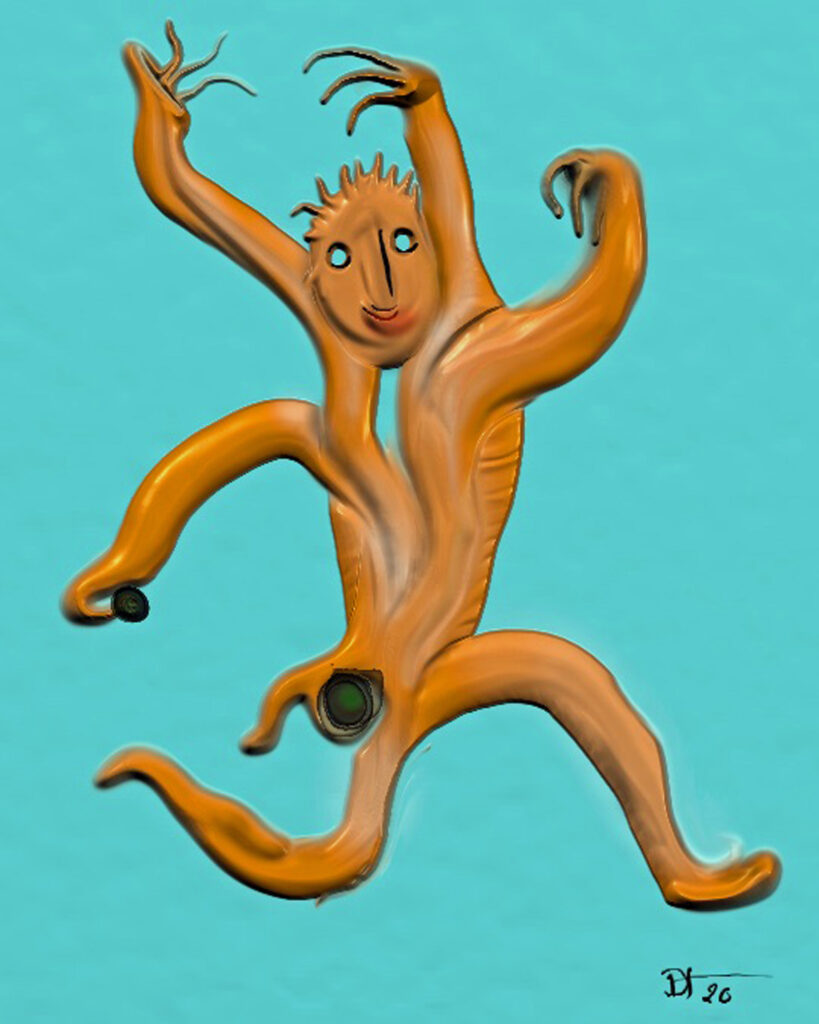
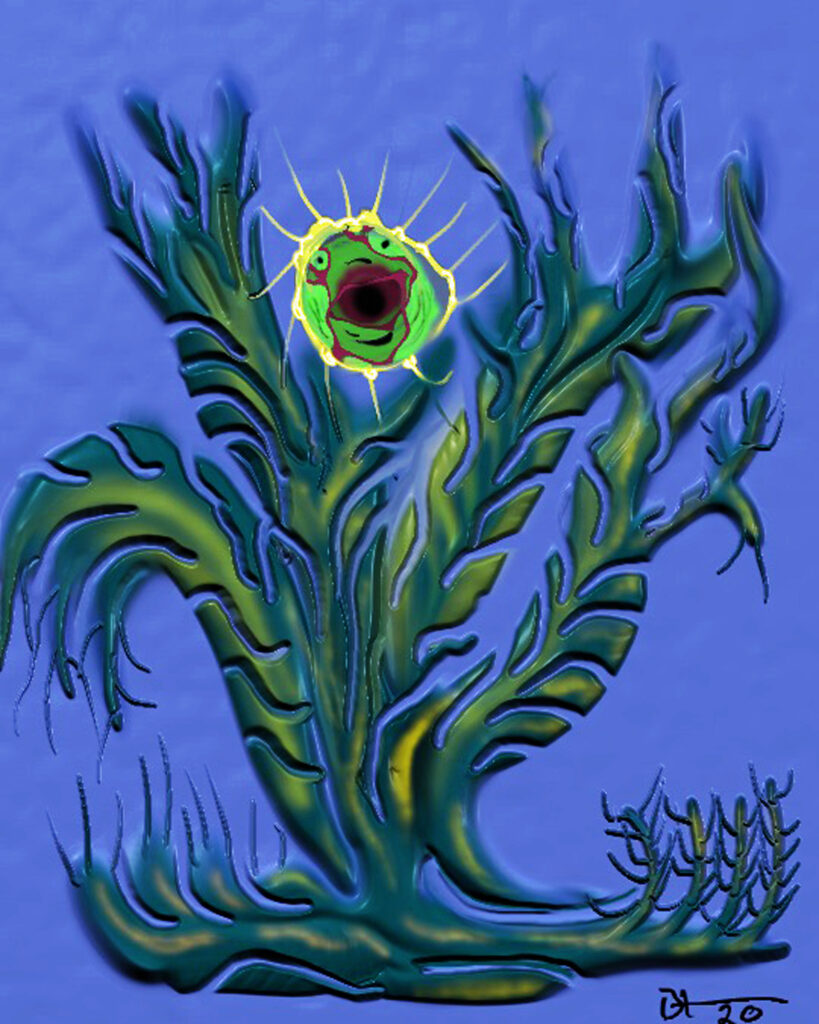
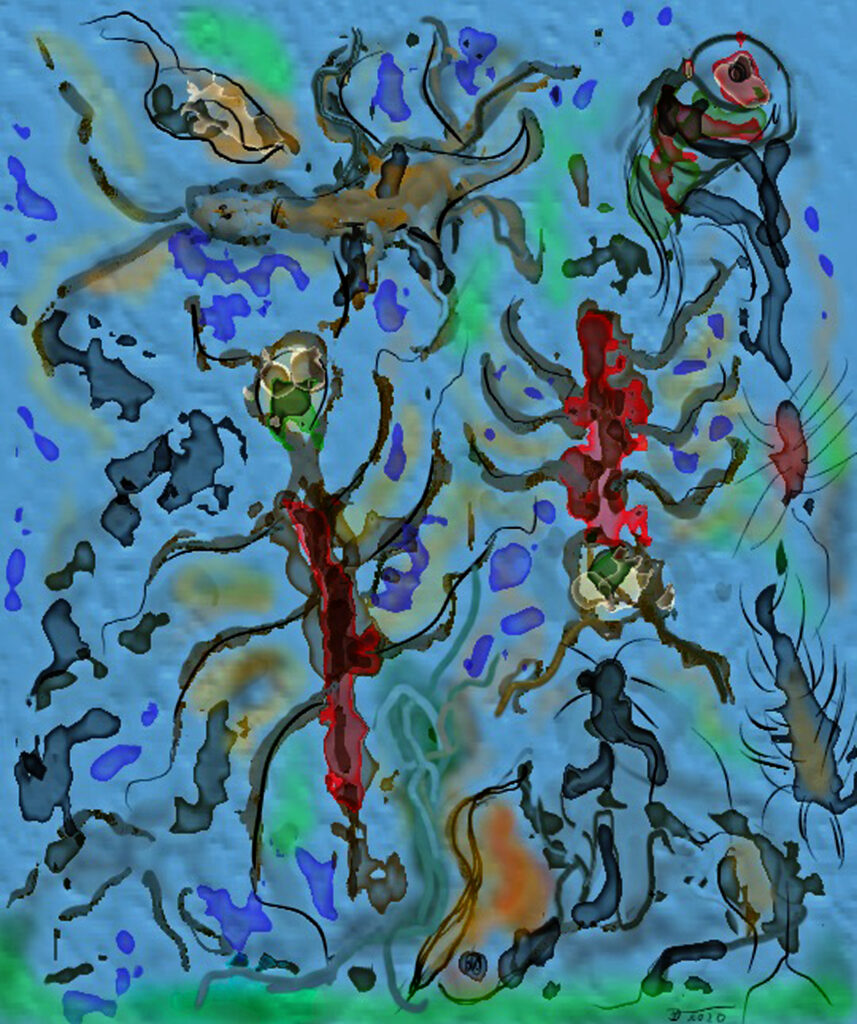
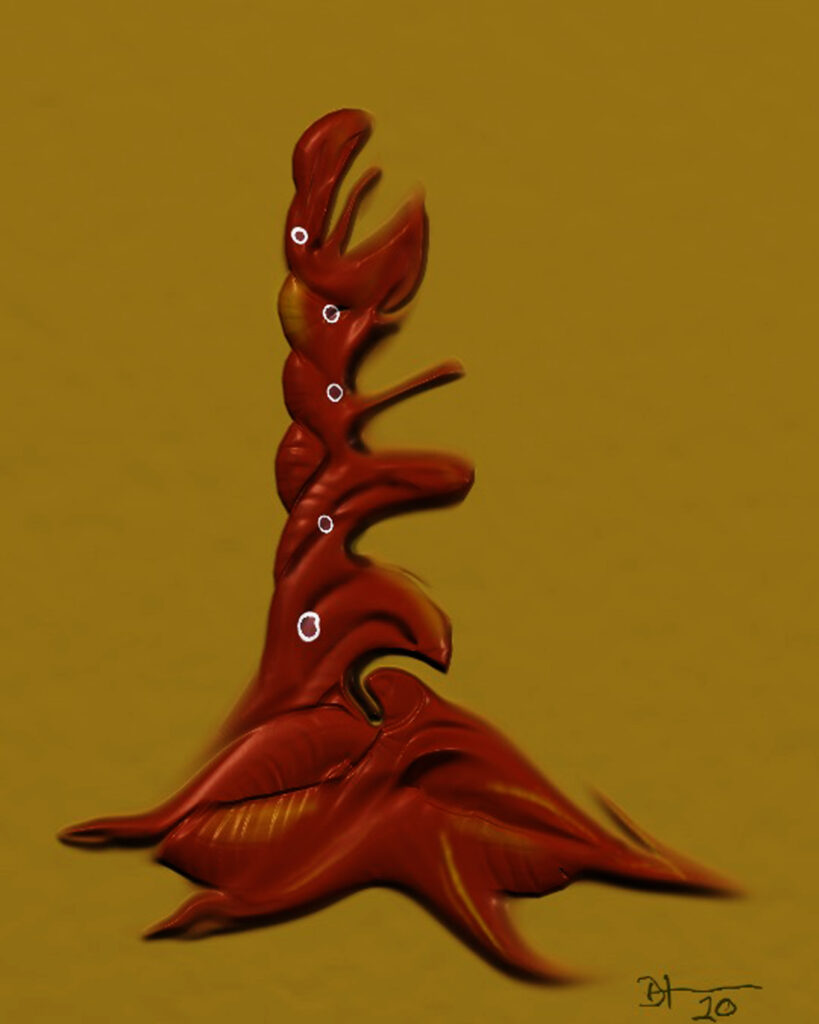
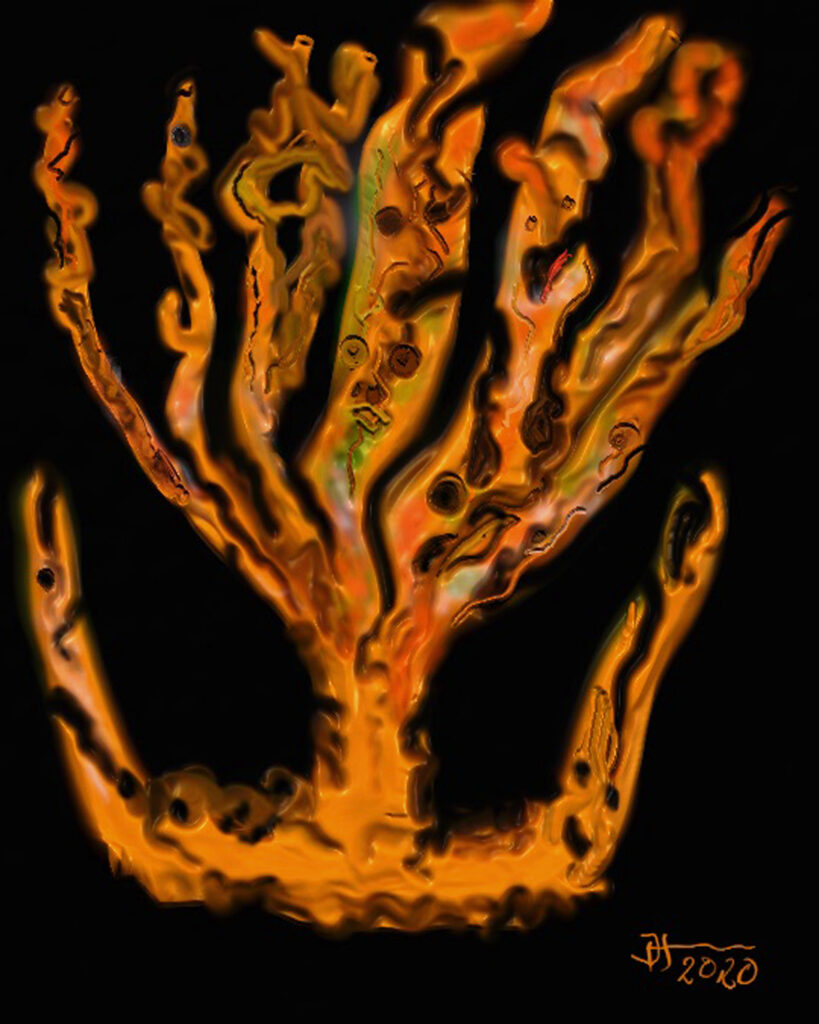
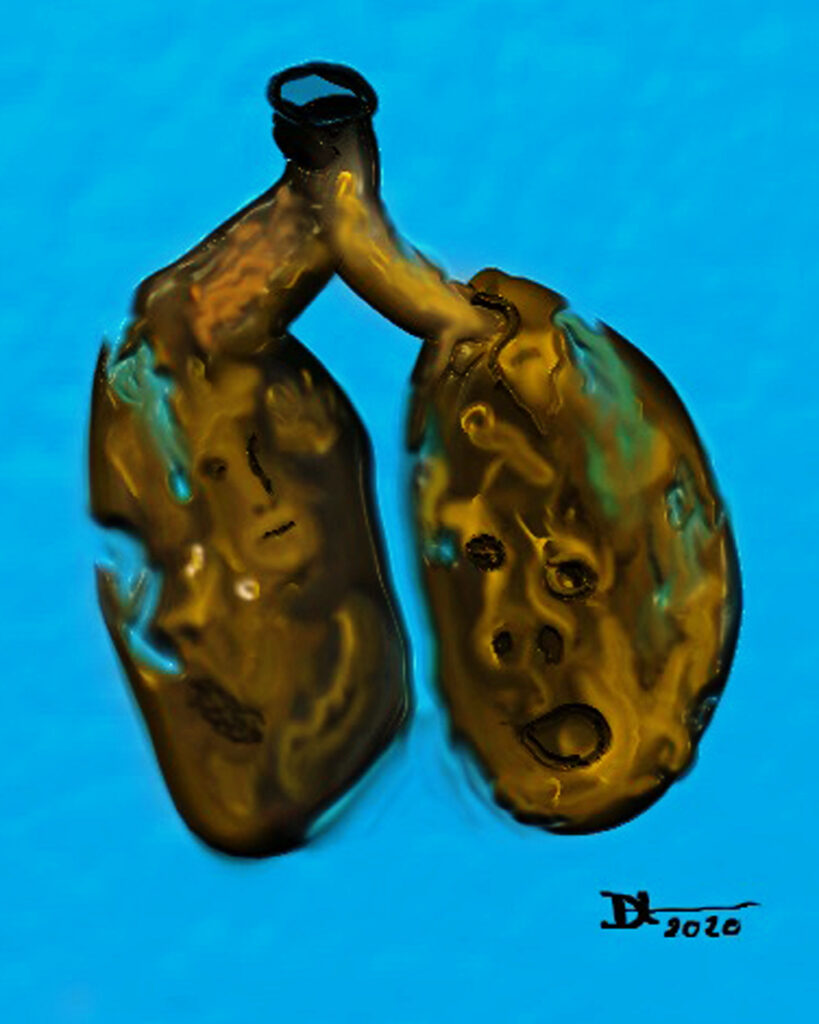
Here is a longish short story that will entertain those of us who are home-bound. Enjoy. To see the story on full screen, click the right-hand box in the pop-up menu at the bottom of the file.
Francesco-Martinelli_Story_11-1Tim Young, a friend from Fictionaut, set this poem to music. Here is an mp3 of him singing I Take Out The Garbage.
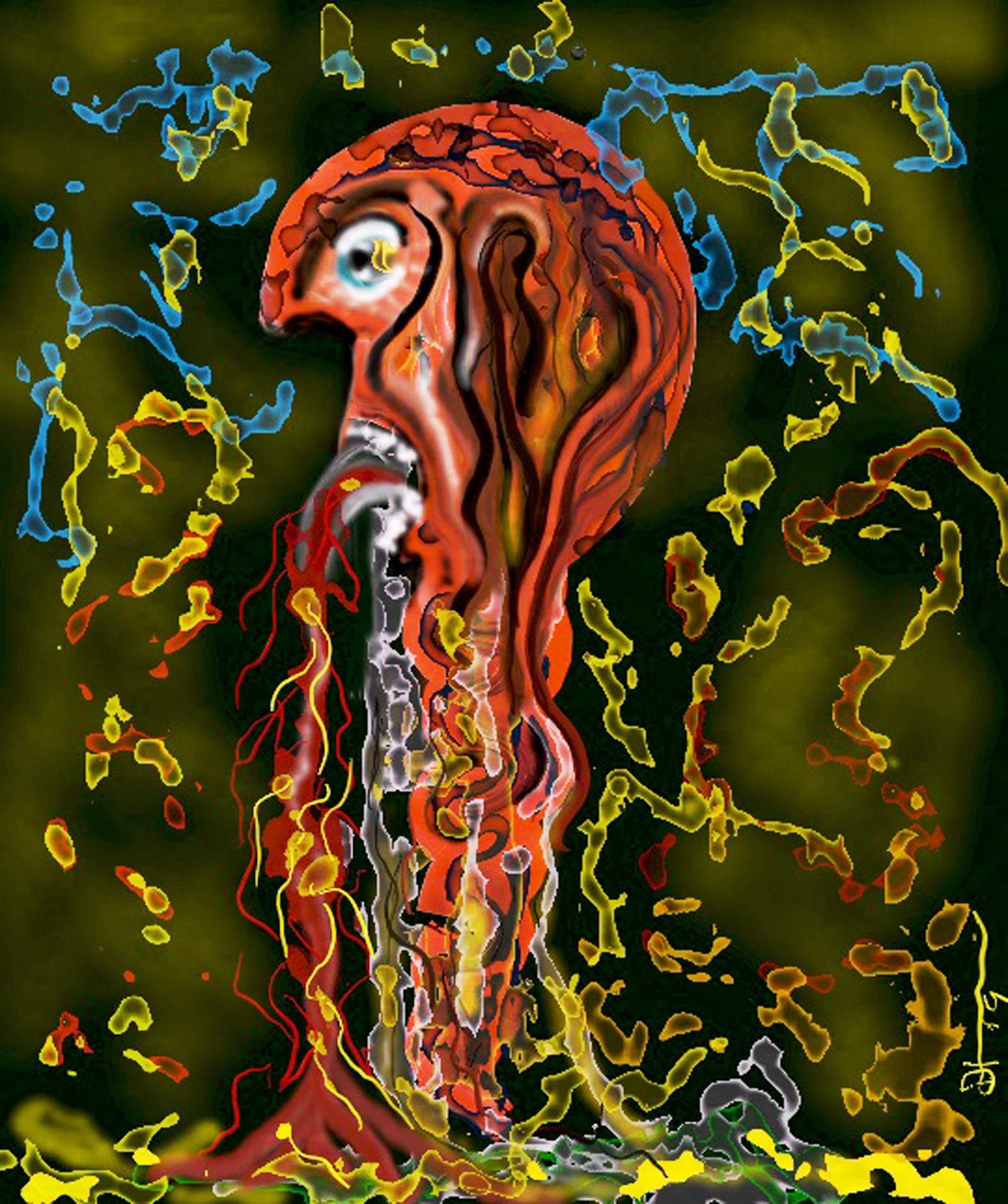
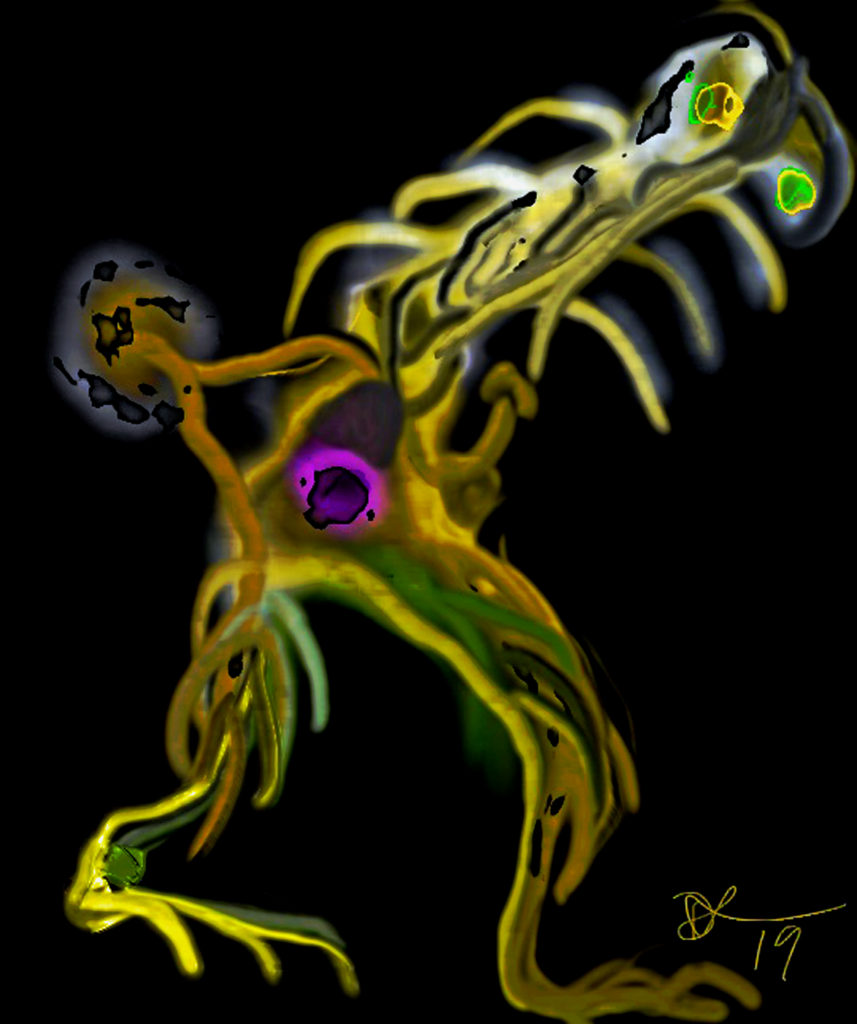
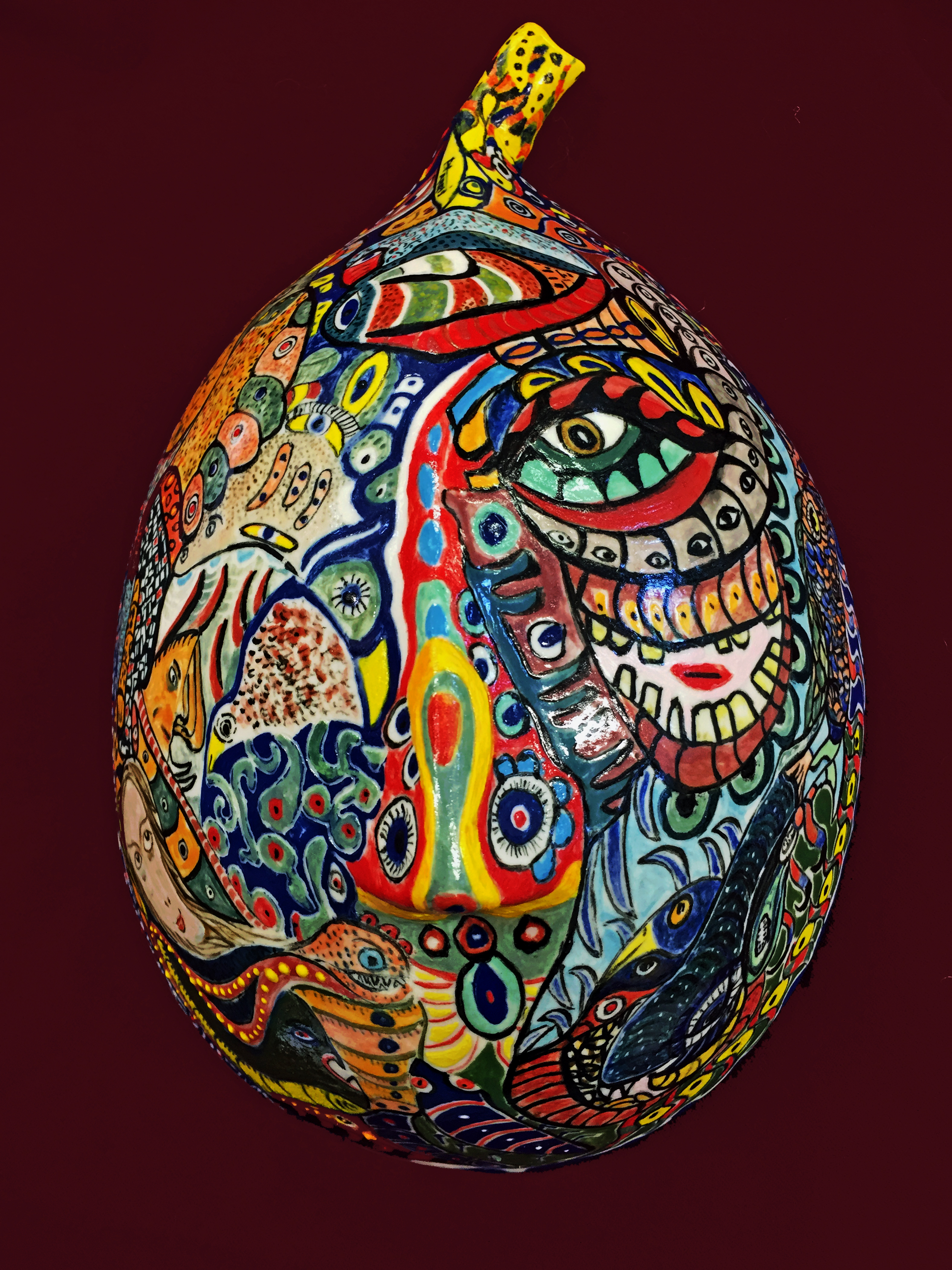
Story Mask 2.
Three-dimensional mask, My design, hand made and painted. High-fire porcelain. 10″H x 8W x 5D (25.5cm x 7.9 x 12.7)
The Cry is my first bronze cast sculpture. The very talented artists at Bronzarts in Sarasota, Florida managed to capture 99% of the detail in this very complex piece. Stevan Kuyper was the mold maker and Wayne Dyer did the cleaning, welding and detail work after the pour. They both were excellent to work with and are very knowledgable and informative about the whole process. The Cry is a bronze version of my wood sculpture The Cry. The bronze version is 8″ (20cm) tall, 11″ (28cm) with the granite base. I am currently seeking funding for a 6-foot version and buyers for the smaller version. The mold can support an edition of 20.
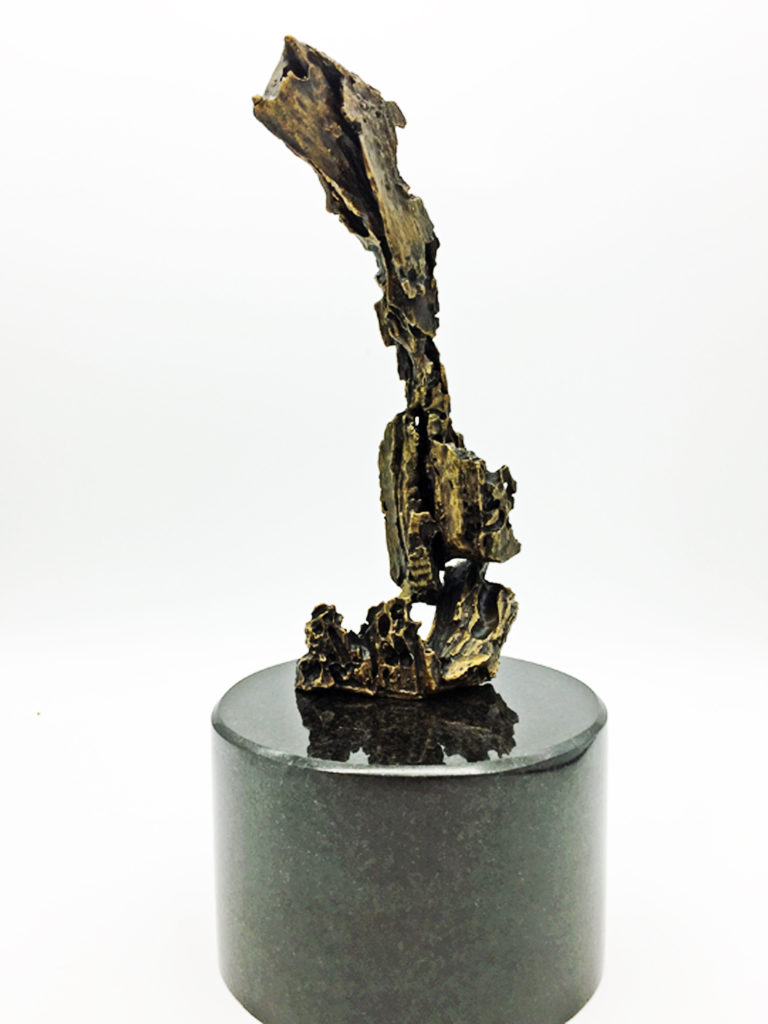
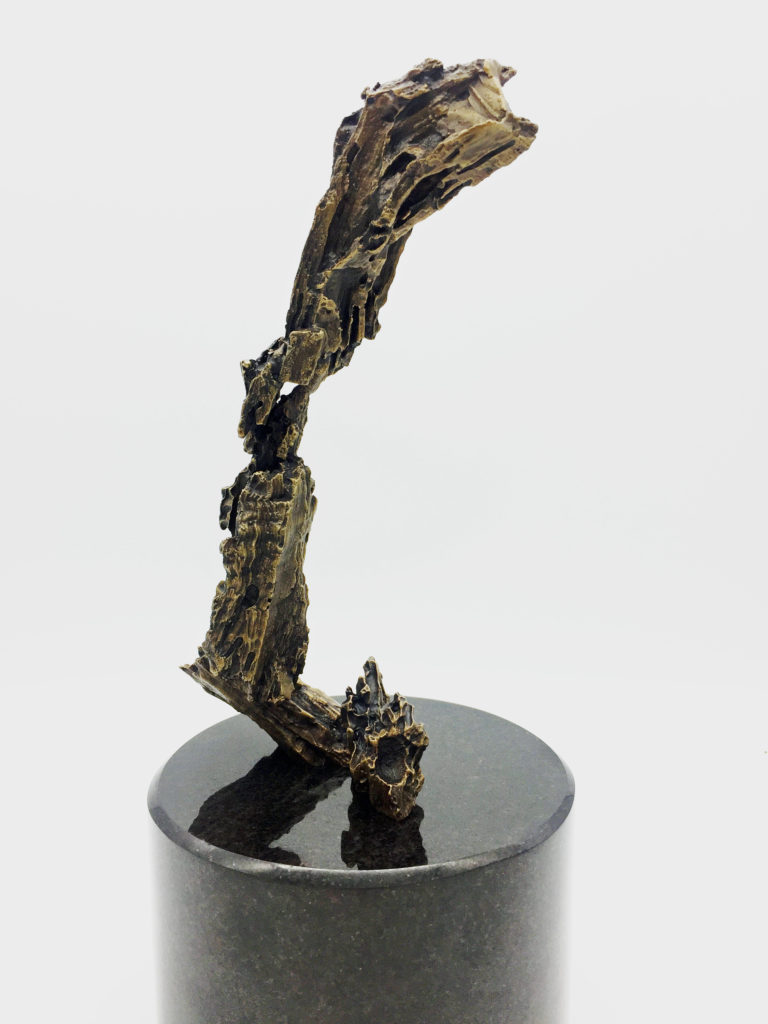
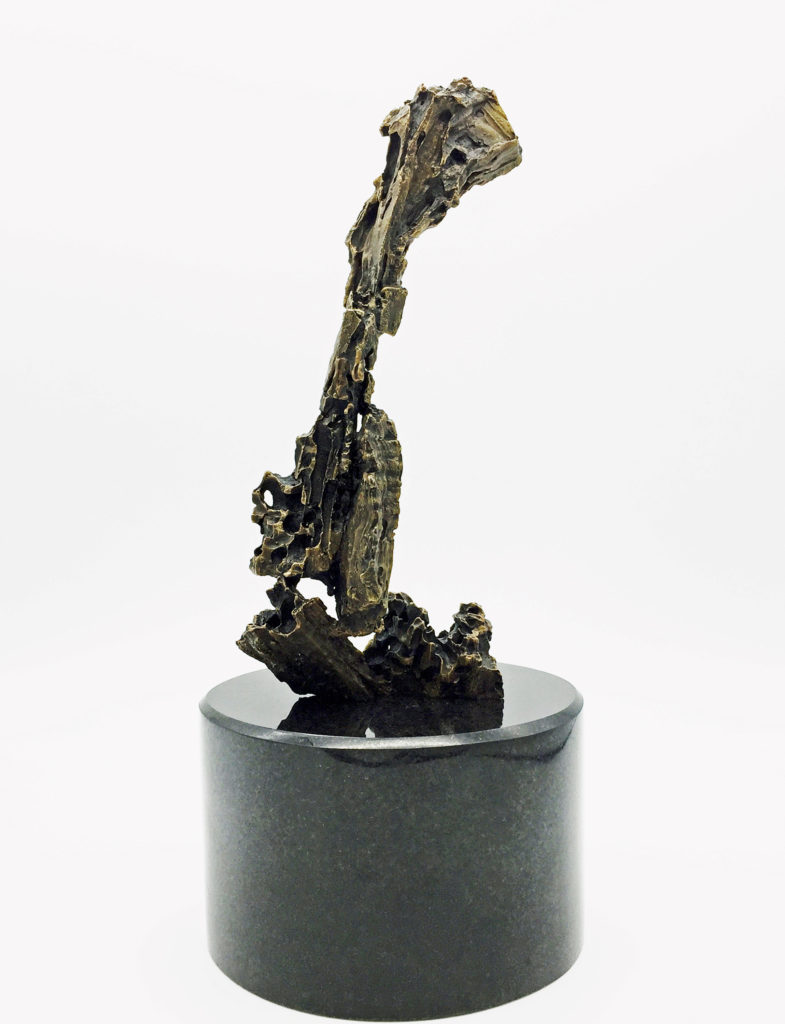
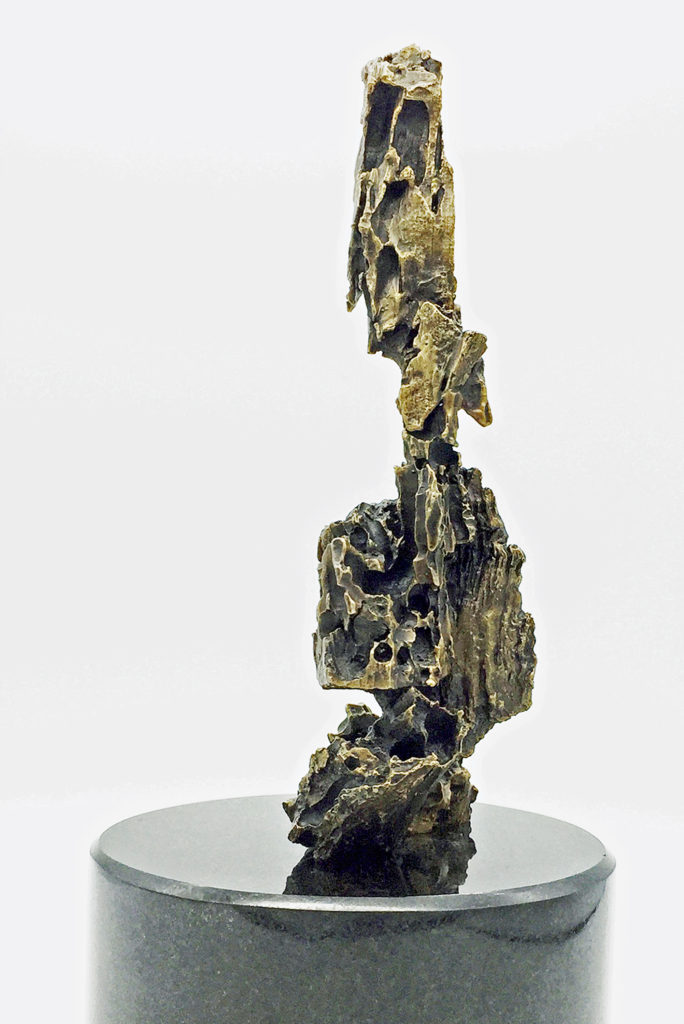
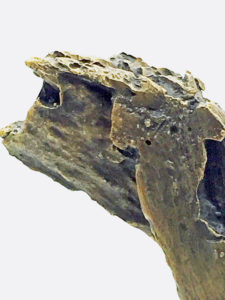
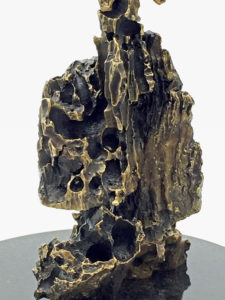
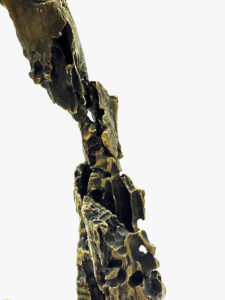
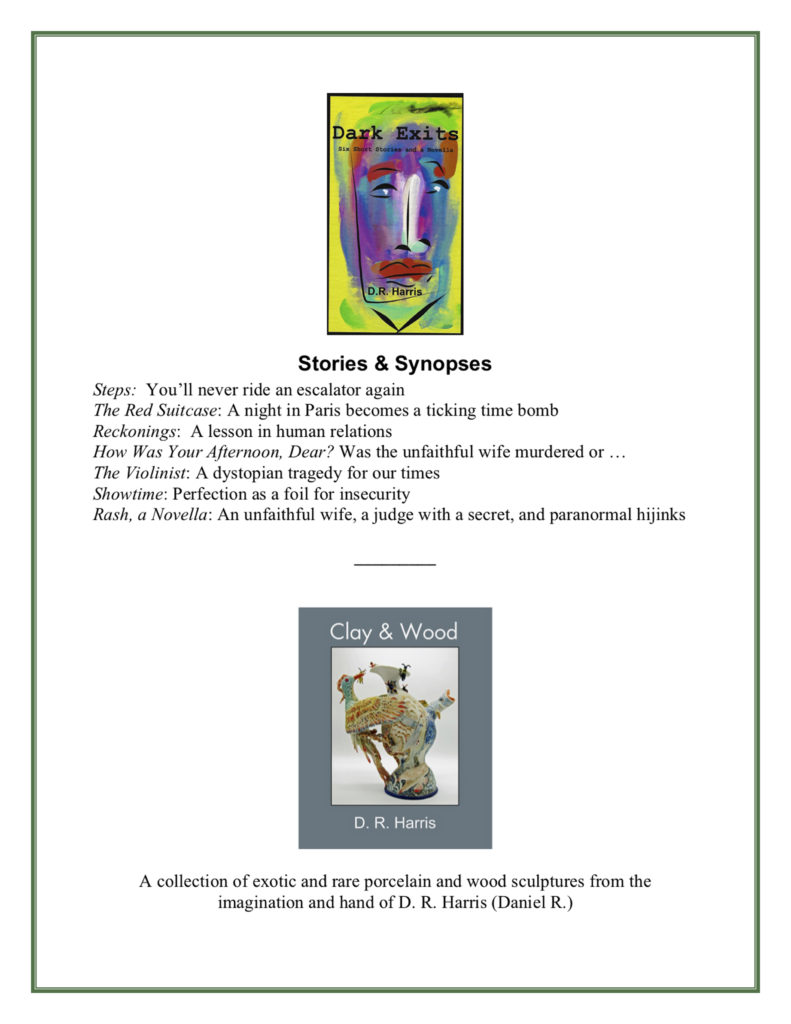
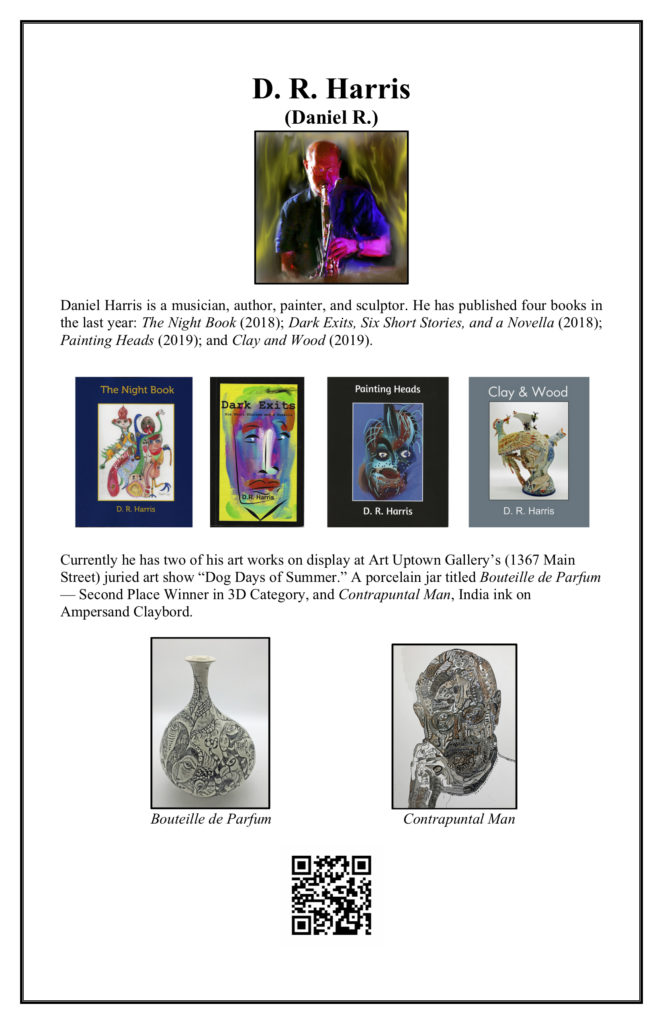
A collection of my porcelain and wood sculptural objects. Published by Ben Clarone Books. Available from Blurb.com
ClayandWood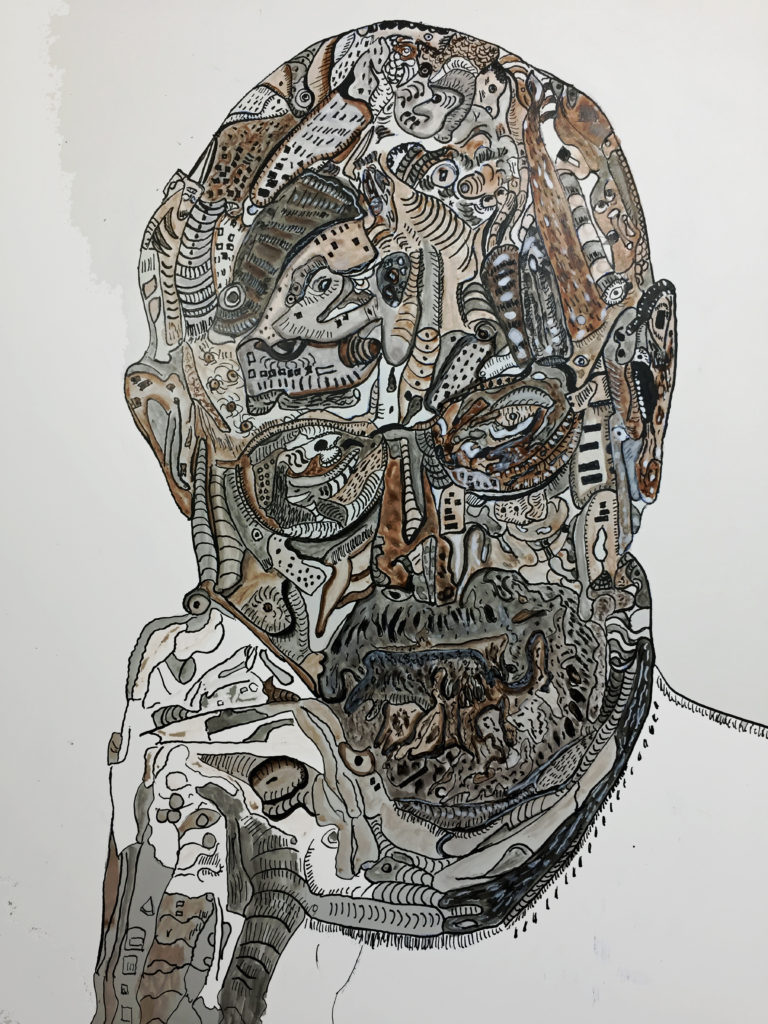
Speedball 102/107 dip pens, Dr. Phil. Martin Black, Van Dyke Brown and White India ink and washes on 12×16″ Ampersand Claybord. 2019
These are colored sketches for a new porcelain mask project. It will be similar to the Mask as Self Portrait project, but are intended to be “story masks.” They are made using Aquarelle pencils, water brush, dip pens and color India inks.
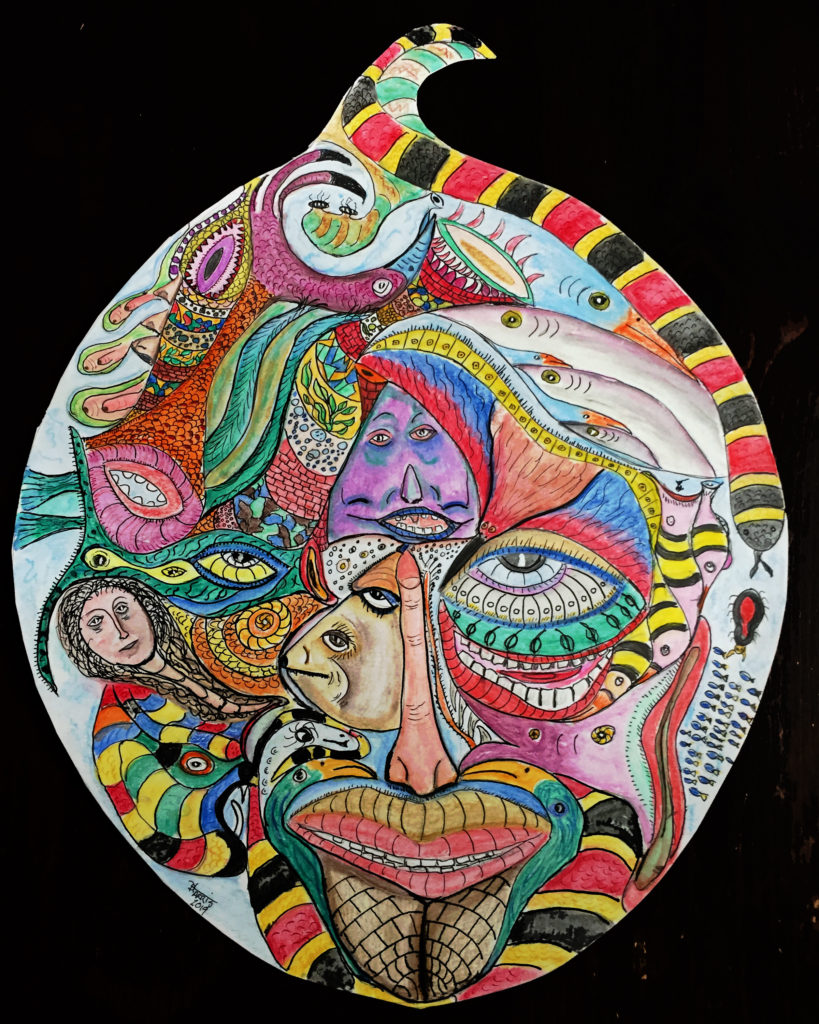
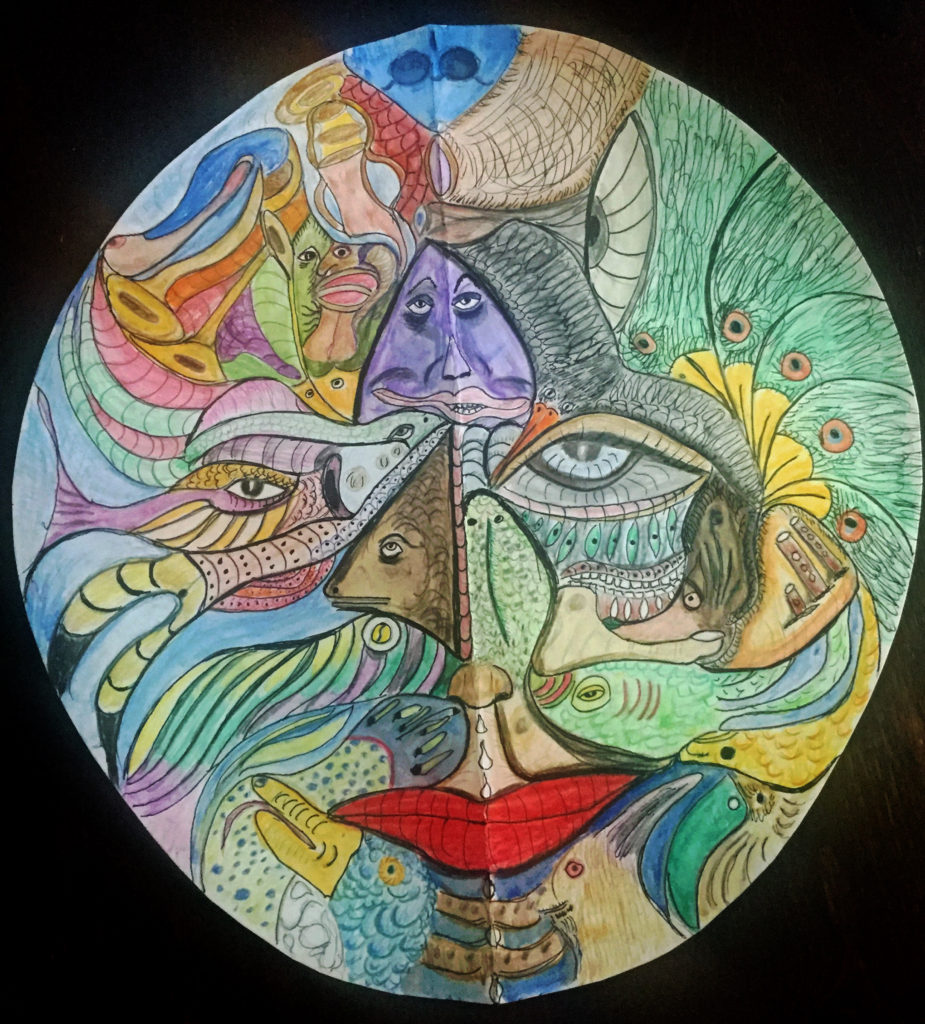
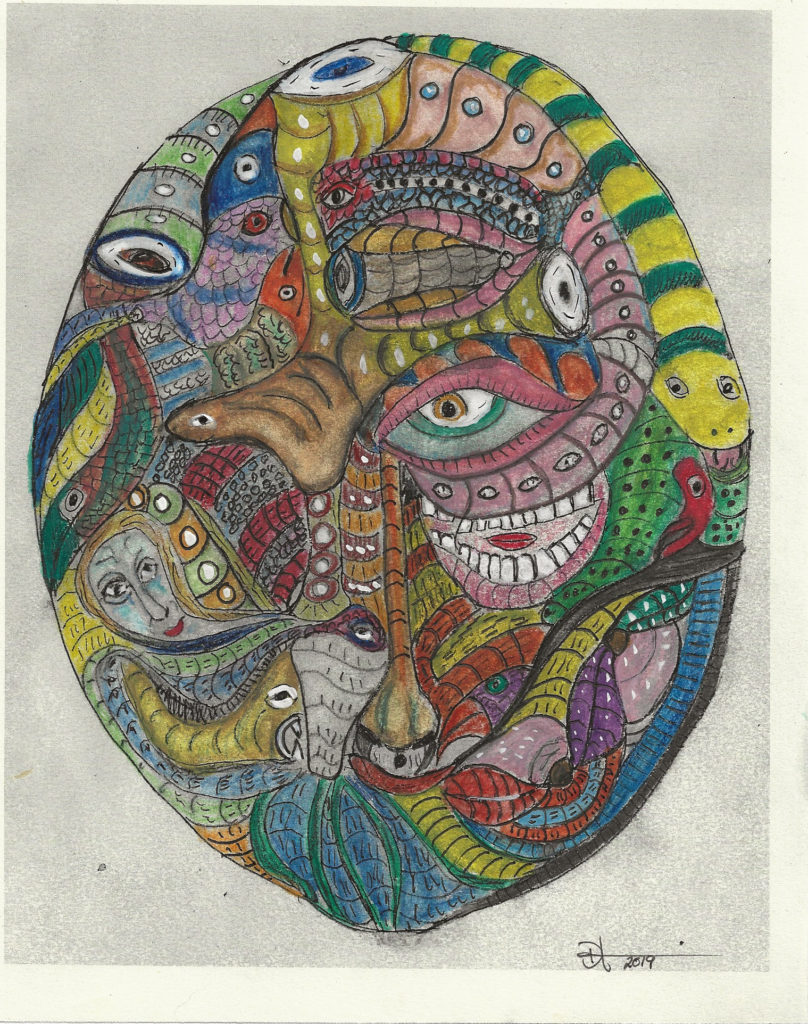
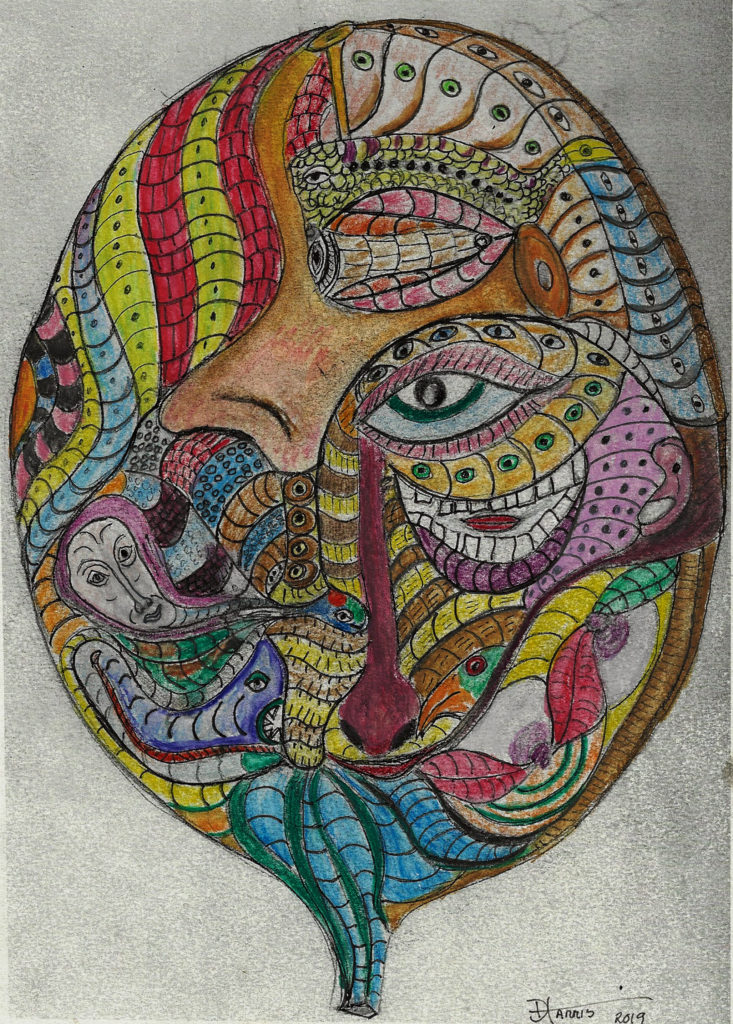
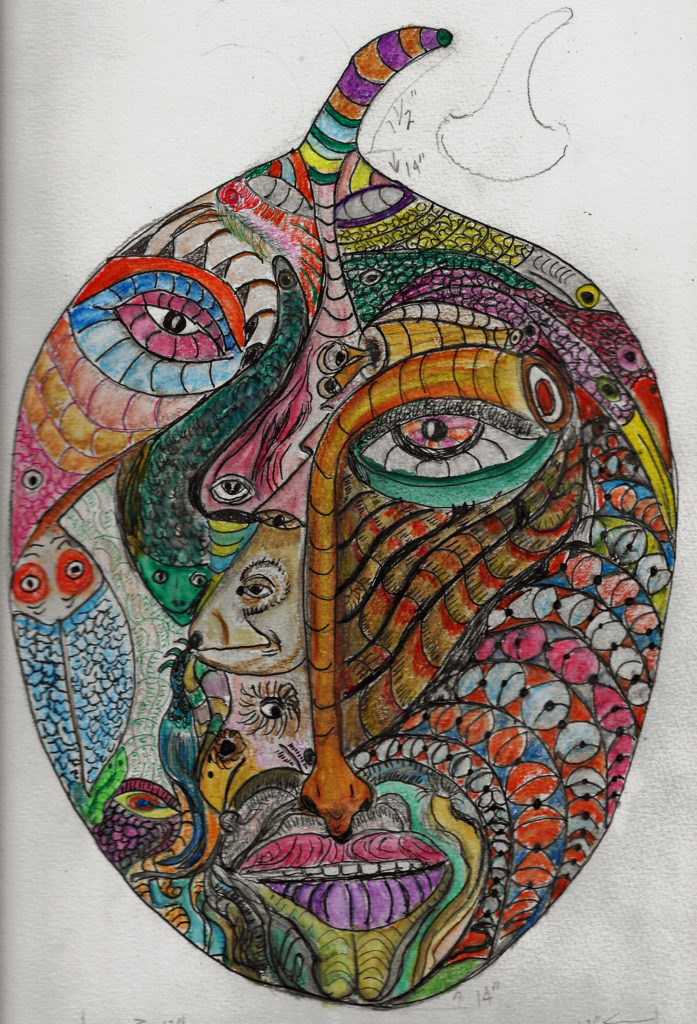
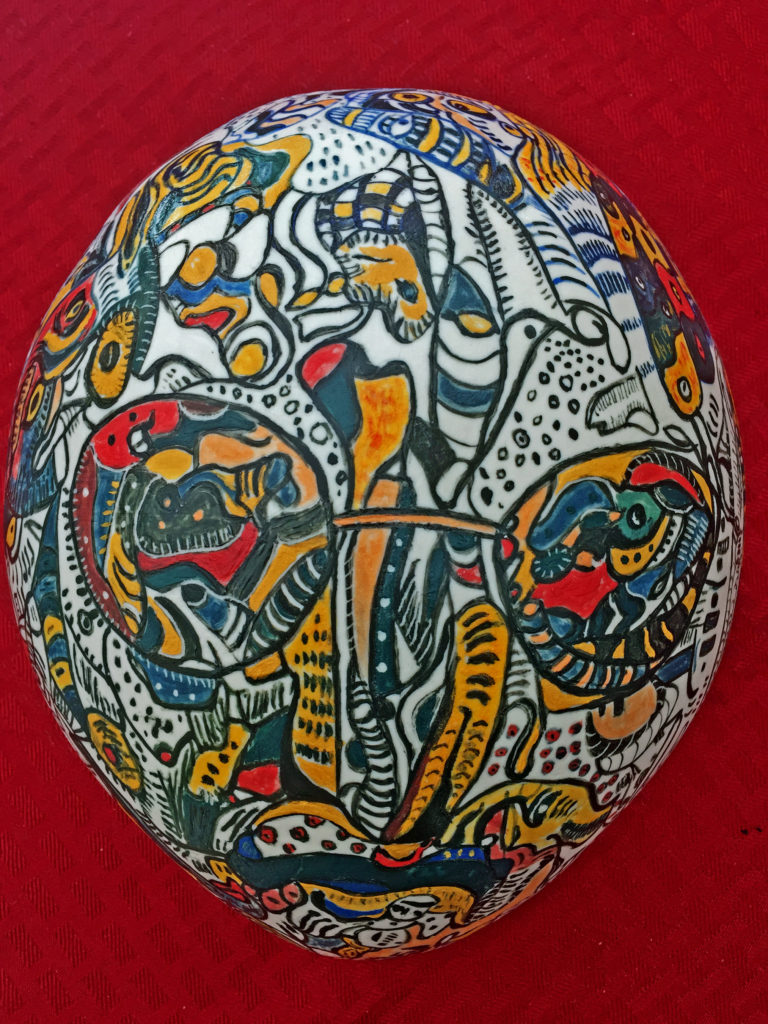
Porcelain painted self-portrait mask. All hand made, designed and painted by D.R. Harris
Painting heads has been a decade-long project with over 650 extant examples. I call the pictures “heads,” as they are not true portraits, but representations of types, or the impression that a sitter or observed person projects. They range from informal sketches to wildly abstract versions of the real and imagined.
Most of the head paintings were made on iPhone or iPad using various painting apps. The impetus to use digital mobile devices to make art came from Mr. Harris’s longtime friend and colleague, Patricio Villarroel-Bórquez, a legendary musician and artist based in Paris.
The book Painting Heads is a teaser for a more complete volume that will contain the cream of over 700 heads made over the last decade.
Painting-HeadsDuring my tenure as a student at Eastman School of Music and Yale University’s School of Music, I kept searching for what I called a “New American Musical Language.” With the recommendation of Mel Powell, I attended the Bennington Composers Conference in 1967. There I made the happy acquaintance of Hall Overton. He was excited with my music and suggested I contact Steve Reich, one of his former pupils, when I returned to New York City in the fall. It wasn’t until the Spring of 1969 that I finally connected with Steve Reich at the New School in New York City.
In our lessons, we spoke frequently about “process” as a compositional tool and how it differed from modal, serial or more traditional compositional practices. We also discussed “phasing” techniques which figure prominently in Steve’s early tape & acoustic works. Among other topics we discussed was the psychoacoustic properties of repetition and what effects repetition had on the perception of real and imaginary sounds.
In all fairness, I must say that my prior training was invaluable and no doubt contributed to my early appreciation of Steve Reich’s music, as different as it was to any music I had been exposed to at that time, which included a host of musical “Mavericks:” Cage, Ives, Ruggles, Partch, Mingus, Monk, Dolphy, Rahsaan Roland Kirk, Ornette Coleman, et al.
I composed a number of pieces using process techniques which were well received. When various performers and conductors, commissioned me to compose a work for them, they all asked that I write something in the “Minimalist” style. I never considered the music of Reich, Glass, Riley, etc., minimal in any sense of the word. The sonic and musical worlds opened up by the close listening required of this music was anything but minimal. While there was an attraction for some persons to this music because of its hypnotic effect, to serious listeners there was a whole cosmos of sound, interactions, and developments to discover and enjoy.
In my own compositions in this technique, I strove to bring a synthesis of traditional performance practices: articulation, dynamics, expression; with techniques borrowed from tape music: phasing, delay, echo, and looping. In Holograms rhythmic and melodic cells are emphasized and enhanced, dissonances and intervals are used to create multiple textures, difference & summation tones, looping, and phasing. In Mozart Doesn’t Phase Me Anymore for Five Trombone Choirs, five tape delays (ten reel-to-reel tape recorders) were used to build textures from simple melodic cells based on the Tuba Mirum of the Mozart Requiem. Sopwith Hemke for Four Soprano Saxophones and Tape has the live performers adding expression and articulation to a Mobius loop of 2, 3 & 4 soprano saxophones. Tempi Modulatus for Solo Clarinet & Wind Ensemble combines traditional counterpoint techniques with tape delay techniques to create metric and tempo modulations that create changing textures and rhythmic vitality.
The score for Holograms and a short sampled electronic version can be seen and heard below.
The Night Book is a catalog of the mixed media paintings that were first exhibited in 2017 at Burns Court Cafe and Gallery in Sarasota, Florida. This is a pdf of the second edition.
I have added ink pen to my drawing tools. I am using an Arts Hybrid Technica 0.3mm pen by Pentel. I’ve also rediscovered my Shaeffer 585 gold nib medium-fine fountain pen. This pen was a gift from a music composition teacher. For years, even after e-mail, I wrote 90% of my correspondence with this pen. Shaeffer black ink. (Not permanent).
There’s a certain harrowing esthetic with all the dark lines that I’m enjoying at the moment. The subject matter remains at the intersection of sleep and wakefulness where images, (erotic, mundane, and terrifying) meld into a surreal gumbo of lines.
